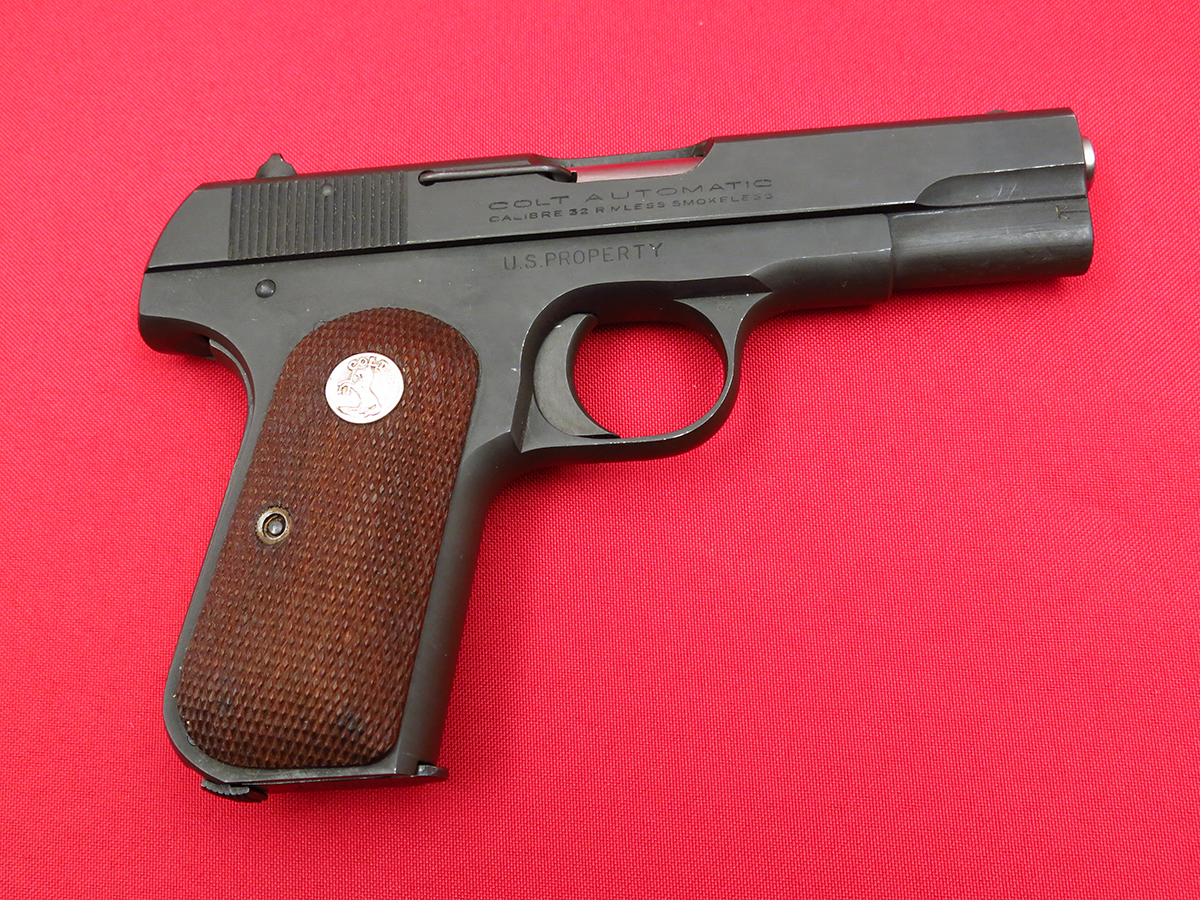
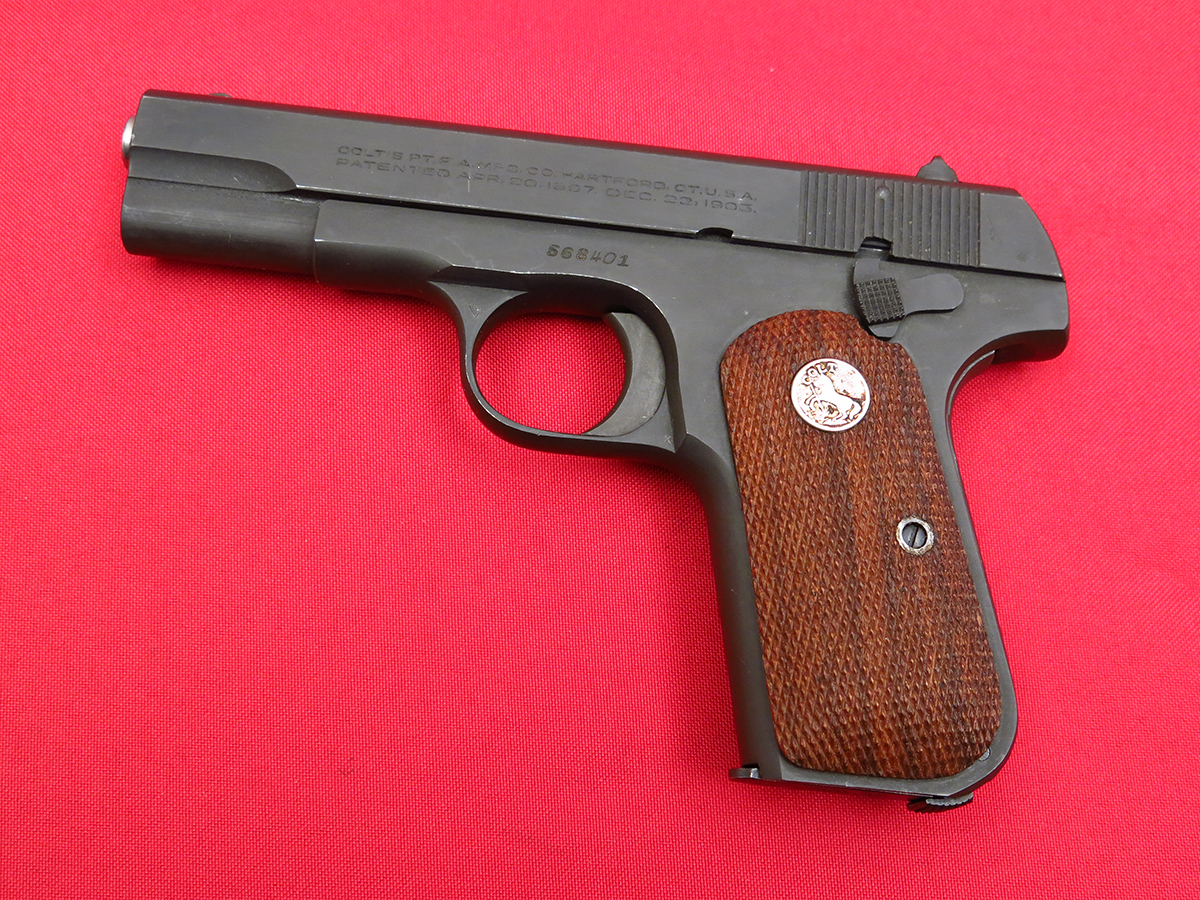
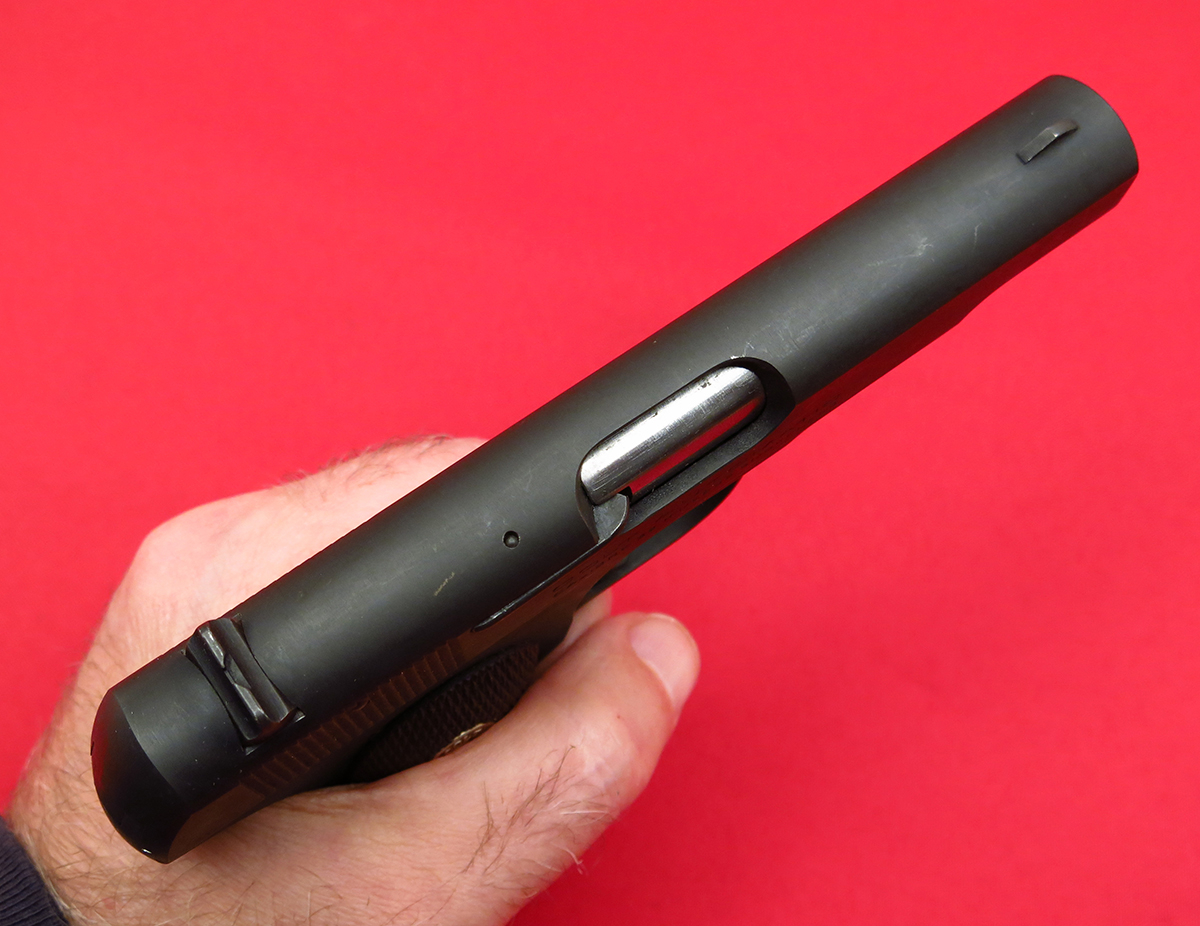
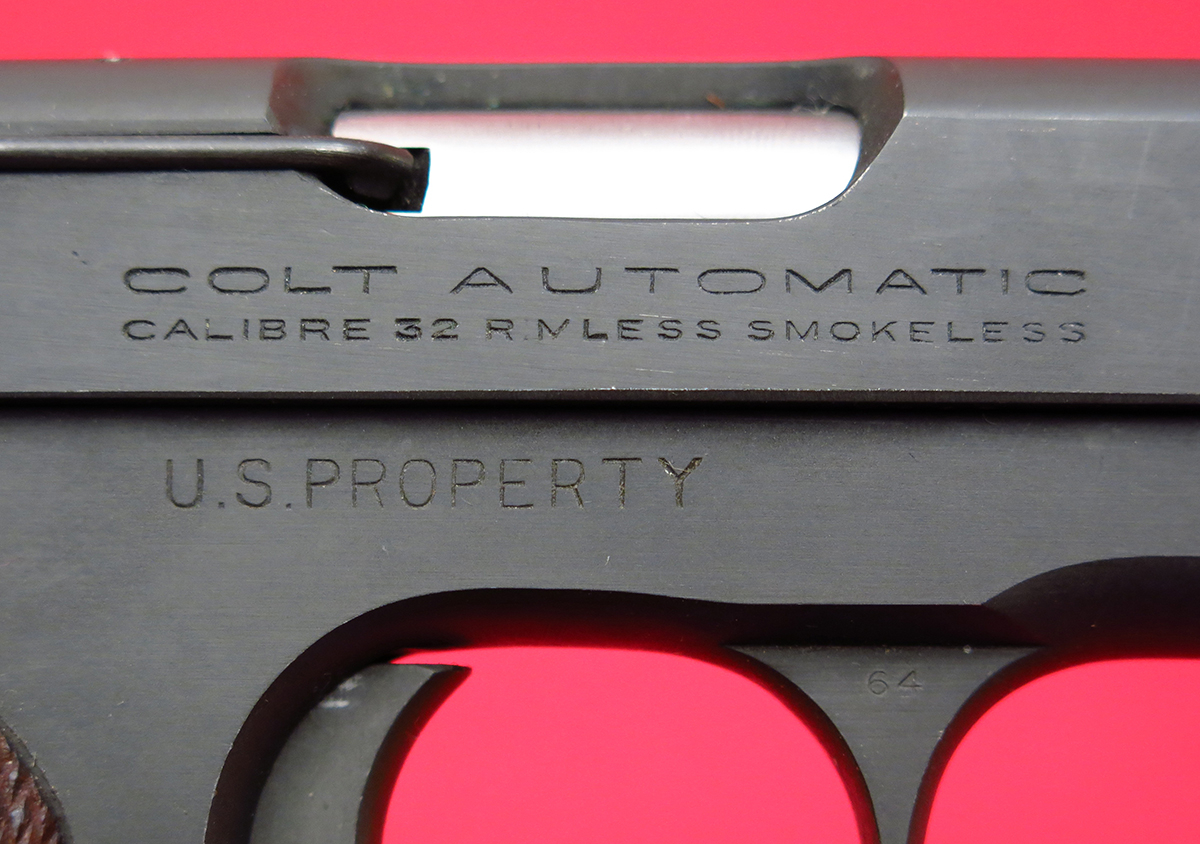
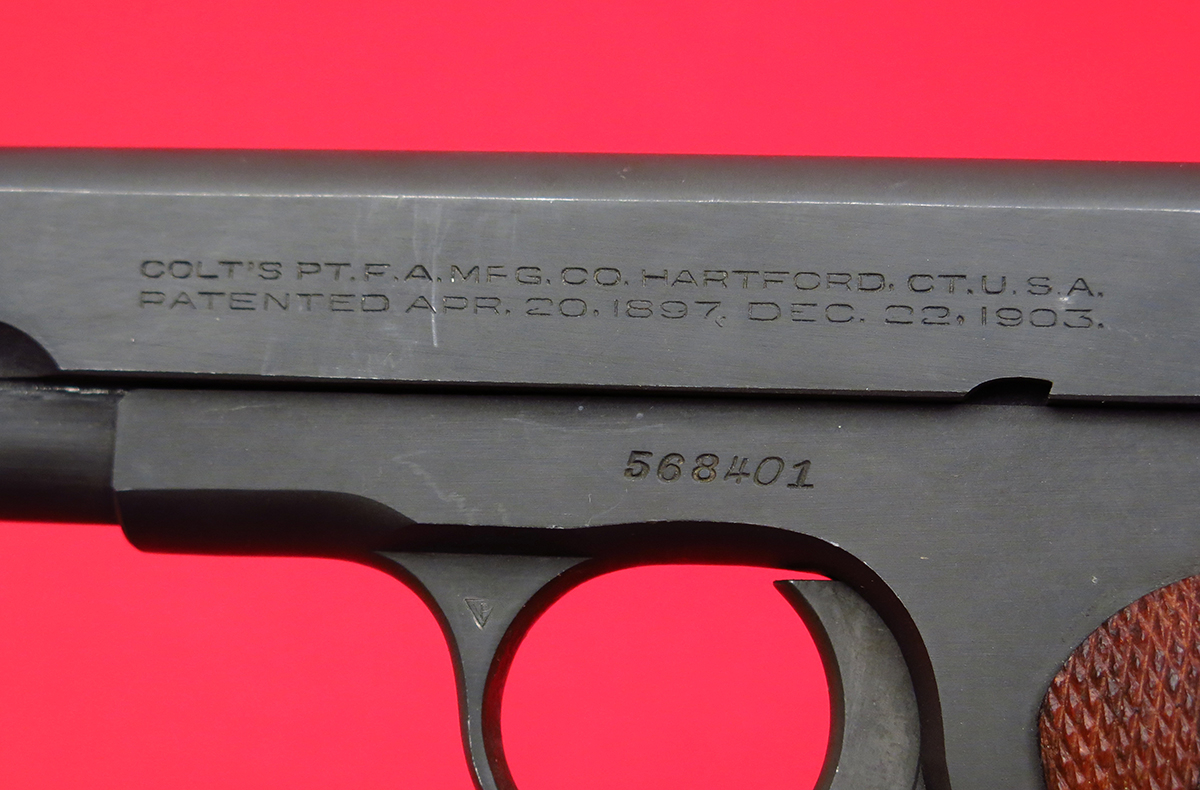
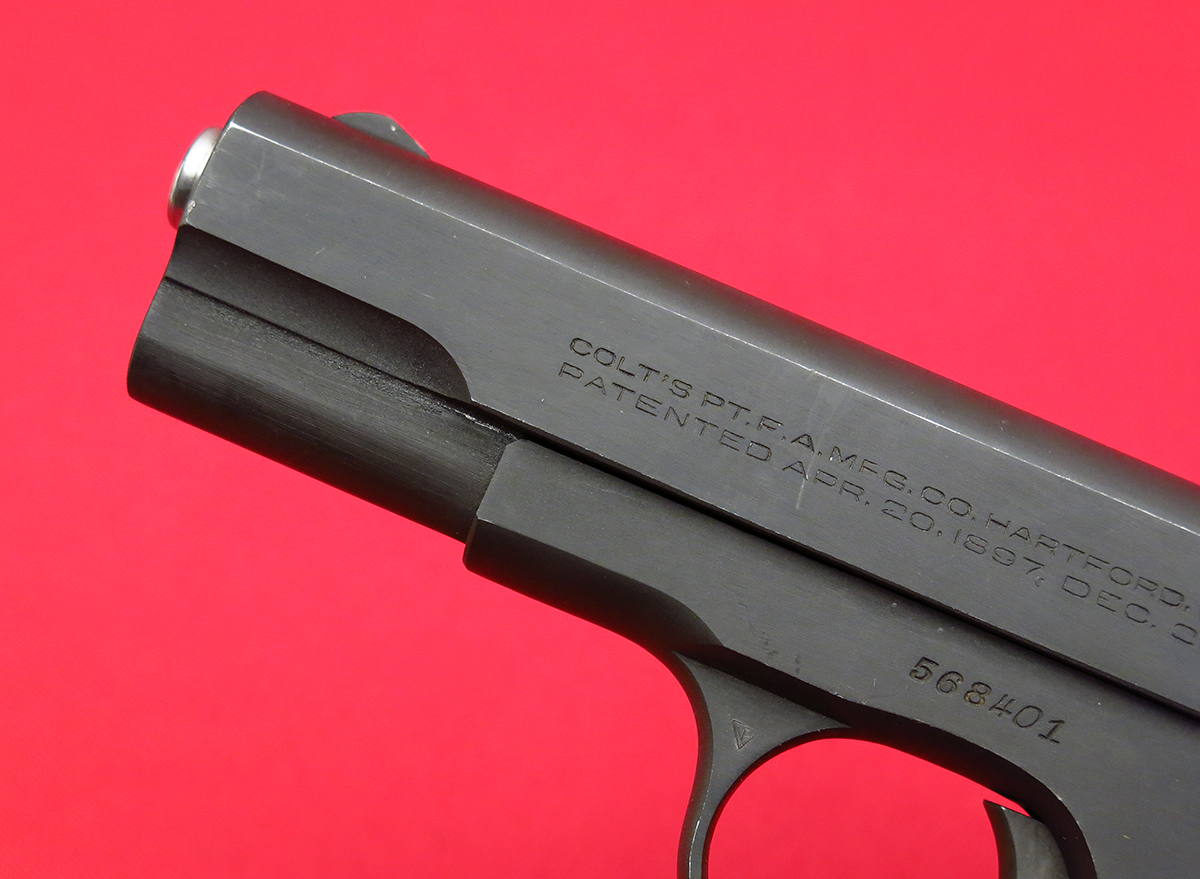
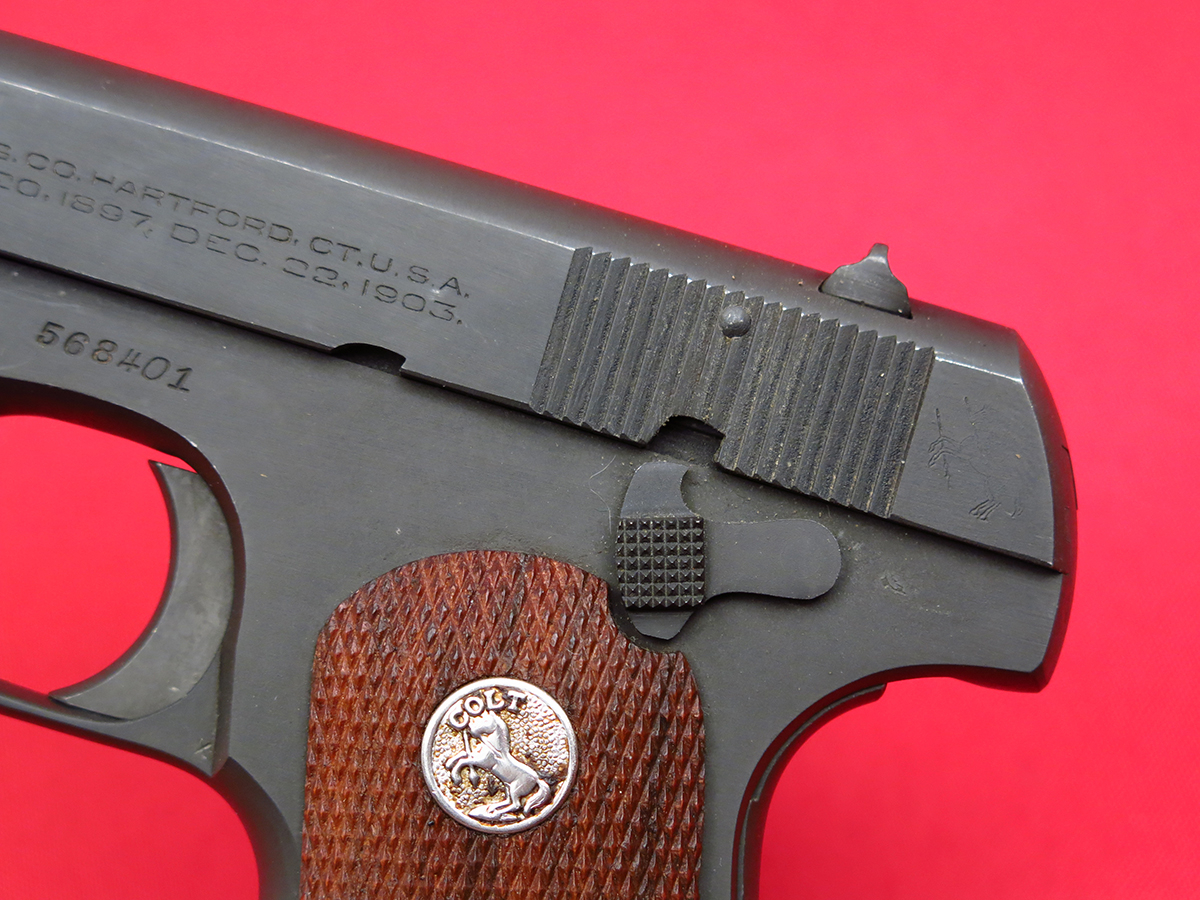
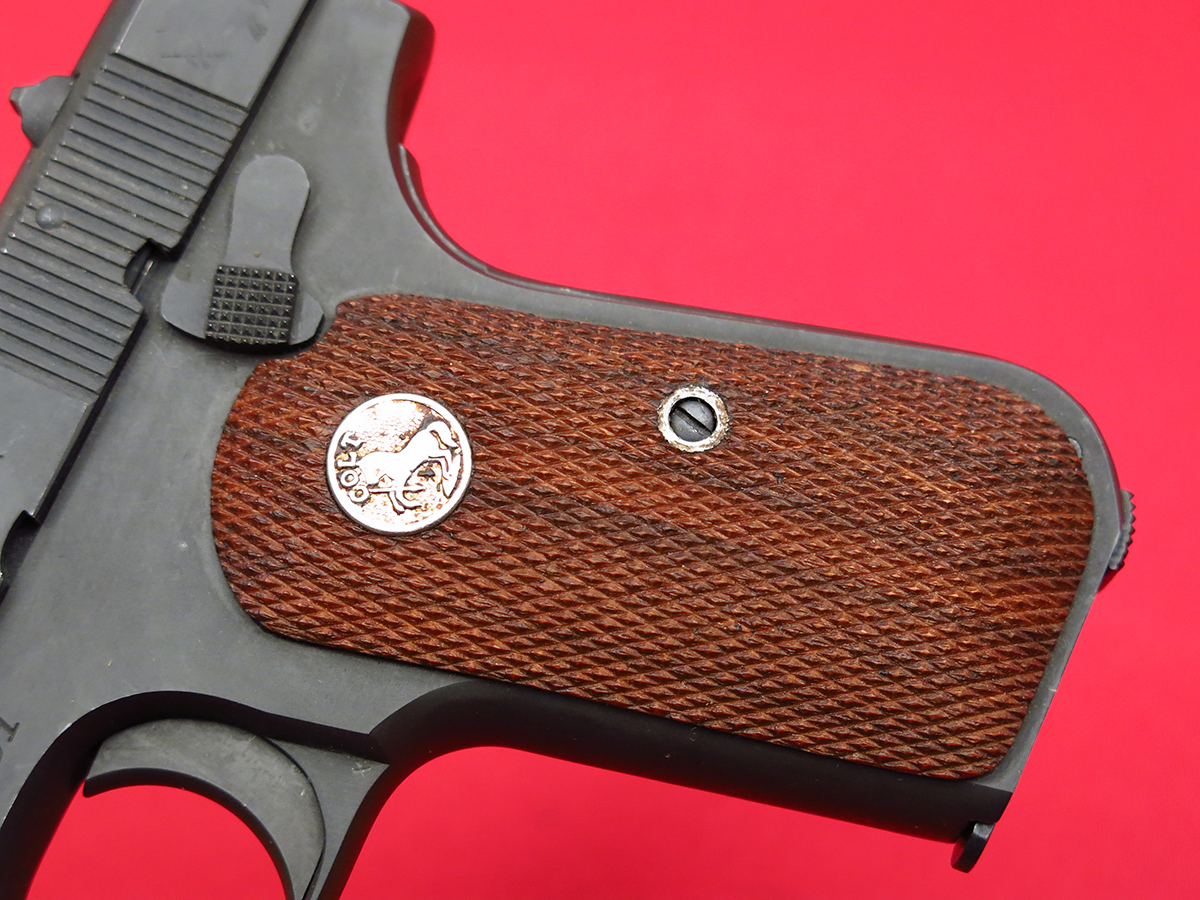
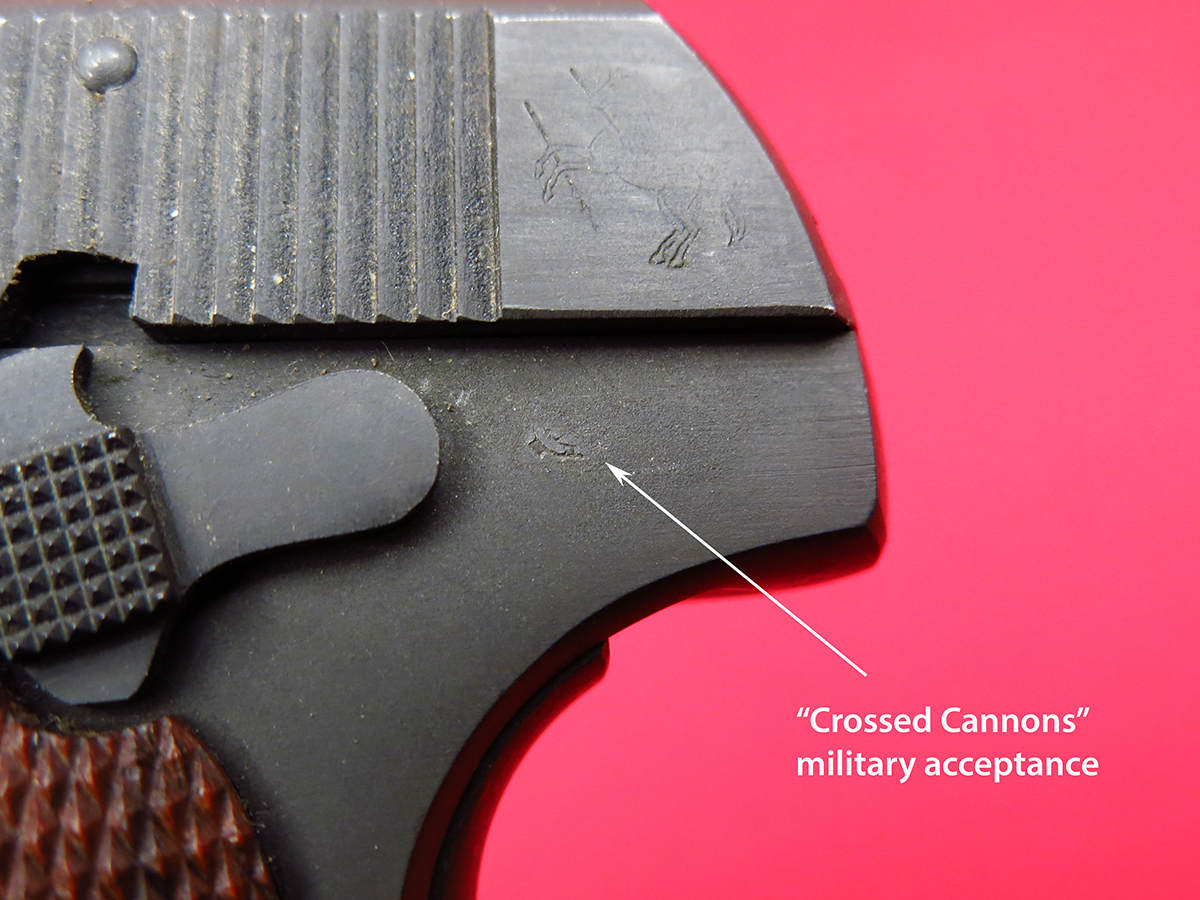
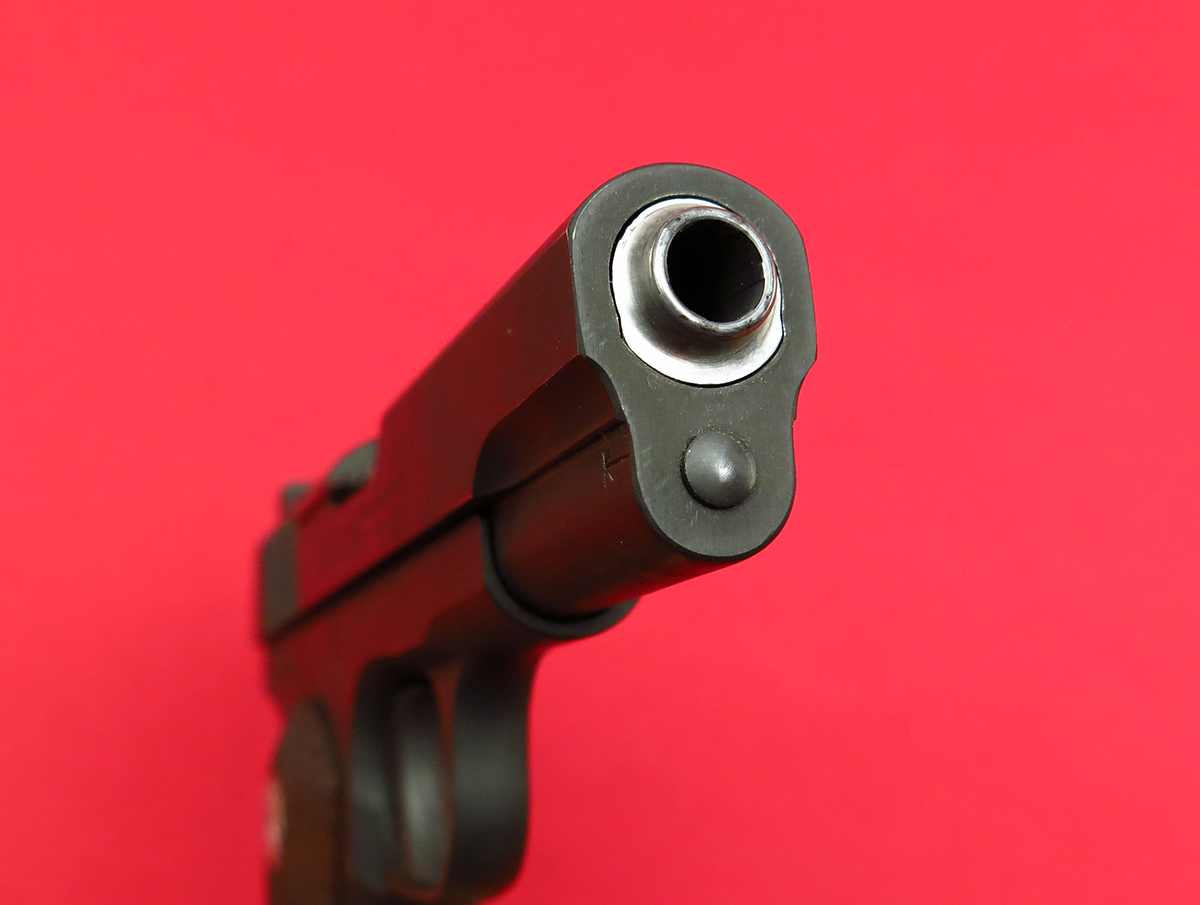
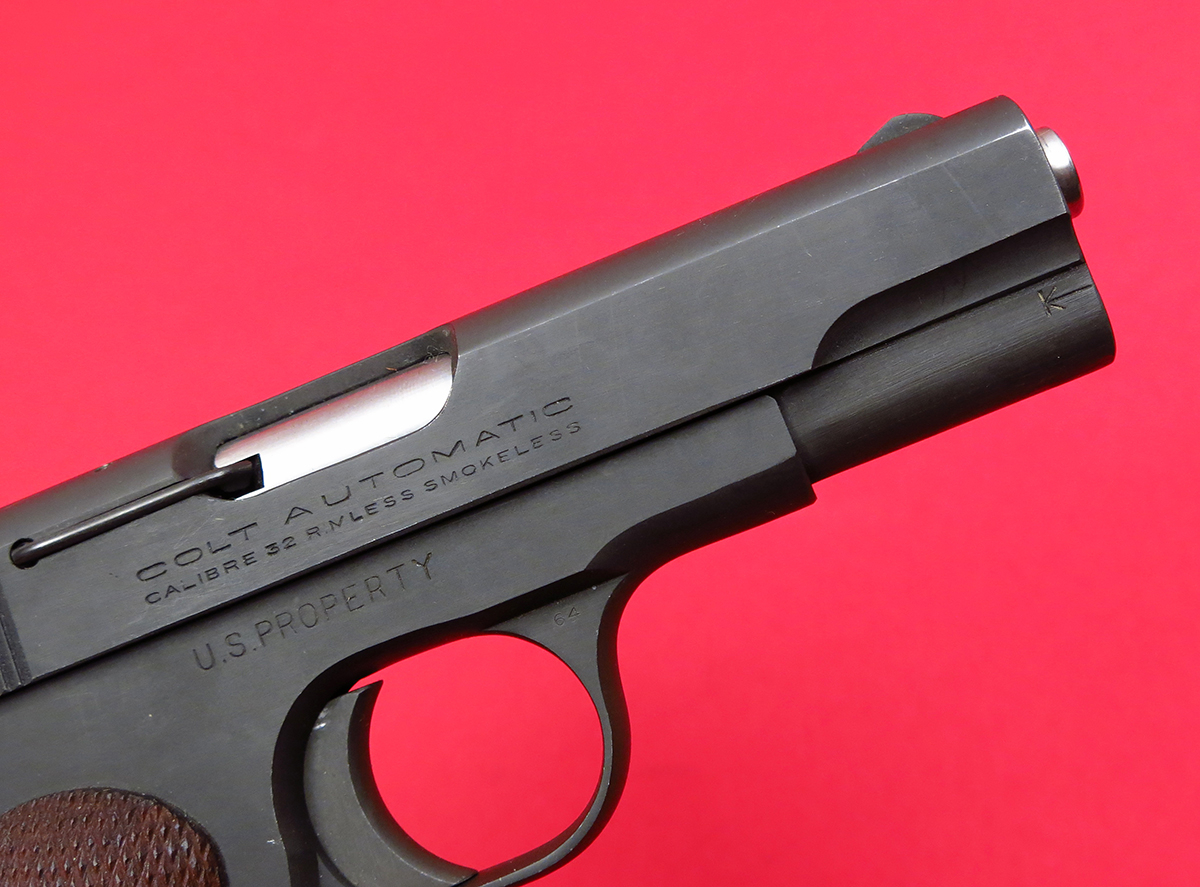
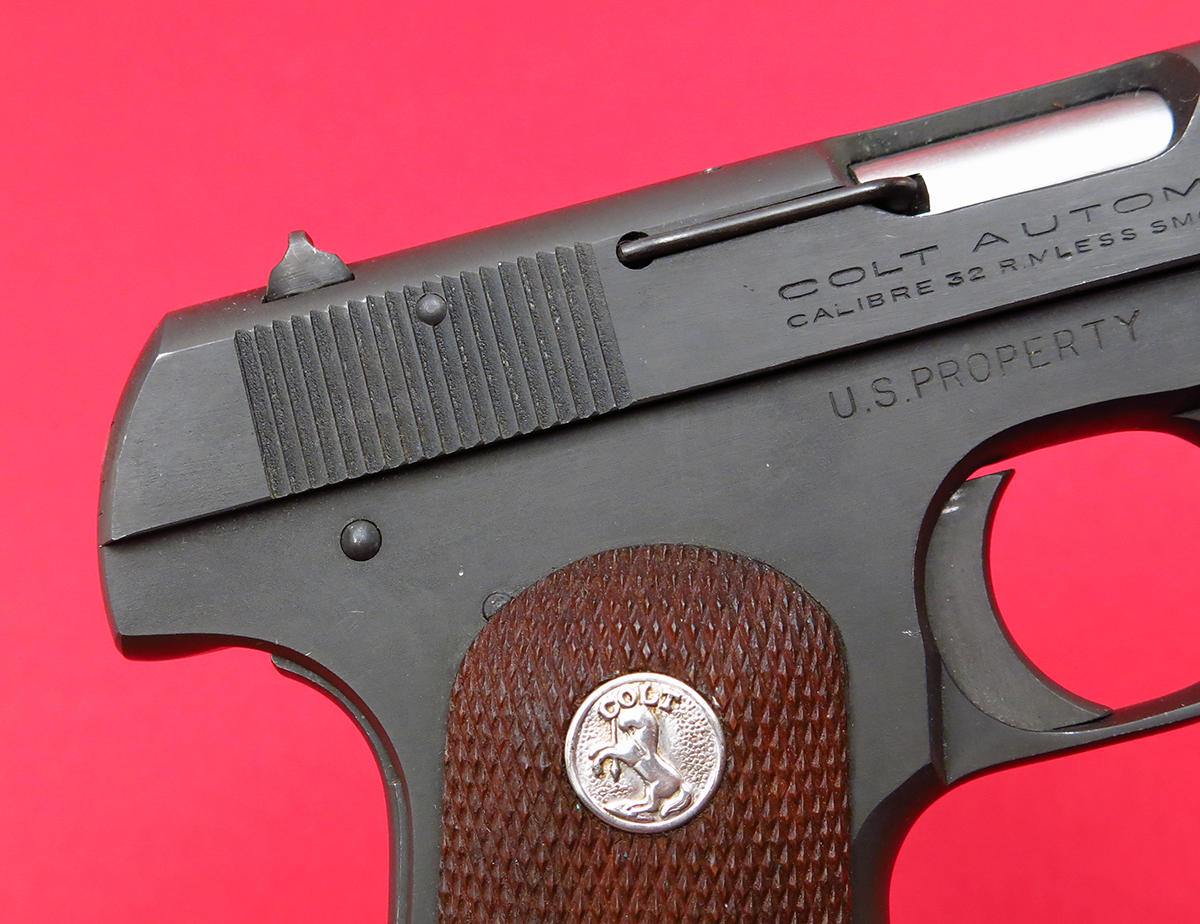
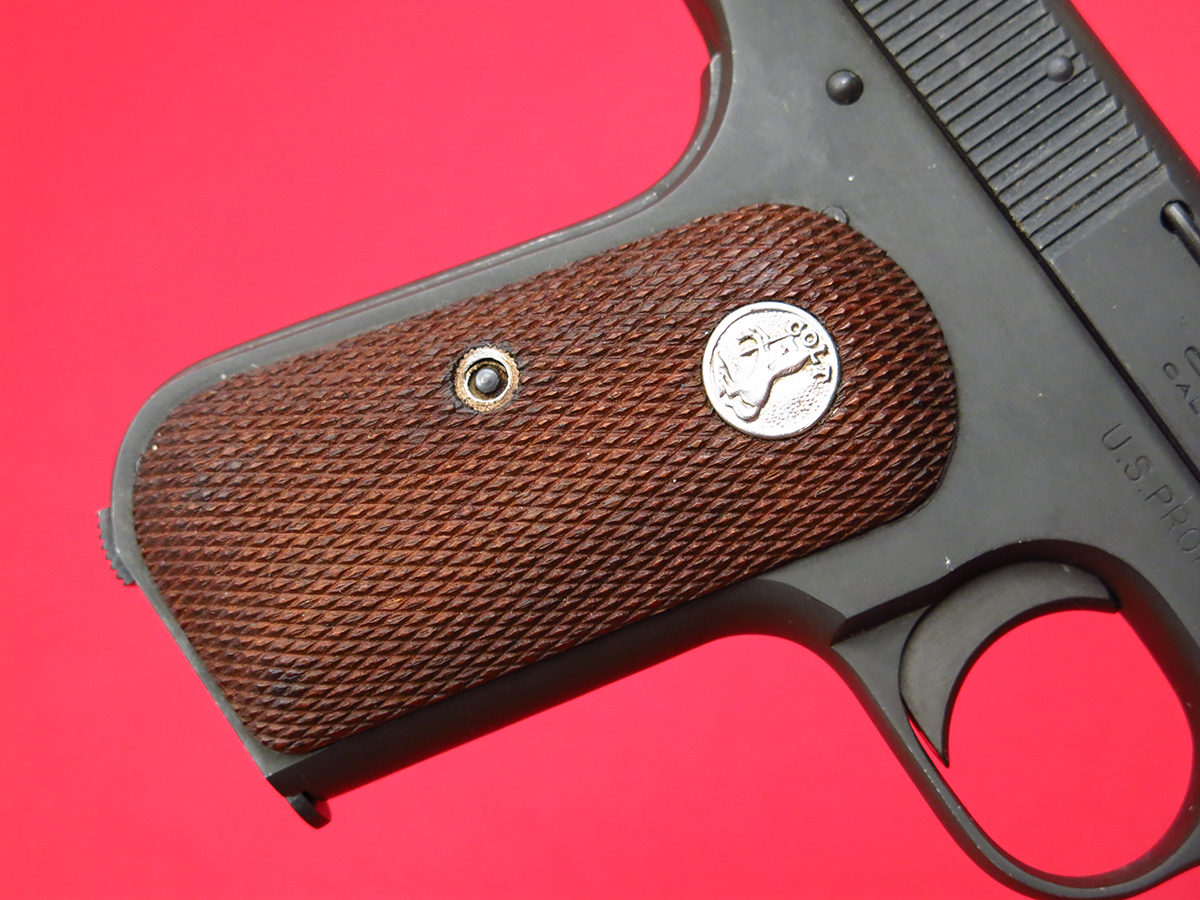
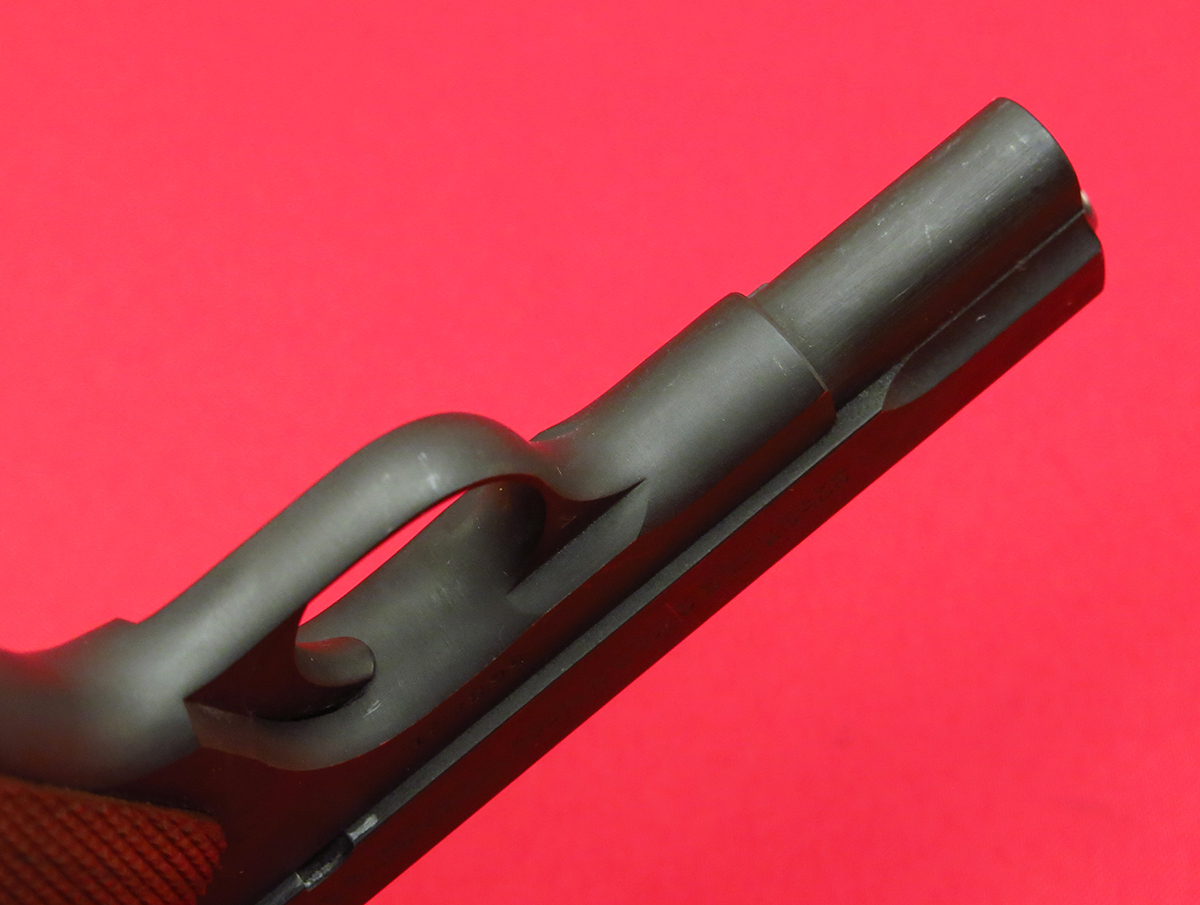
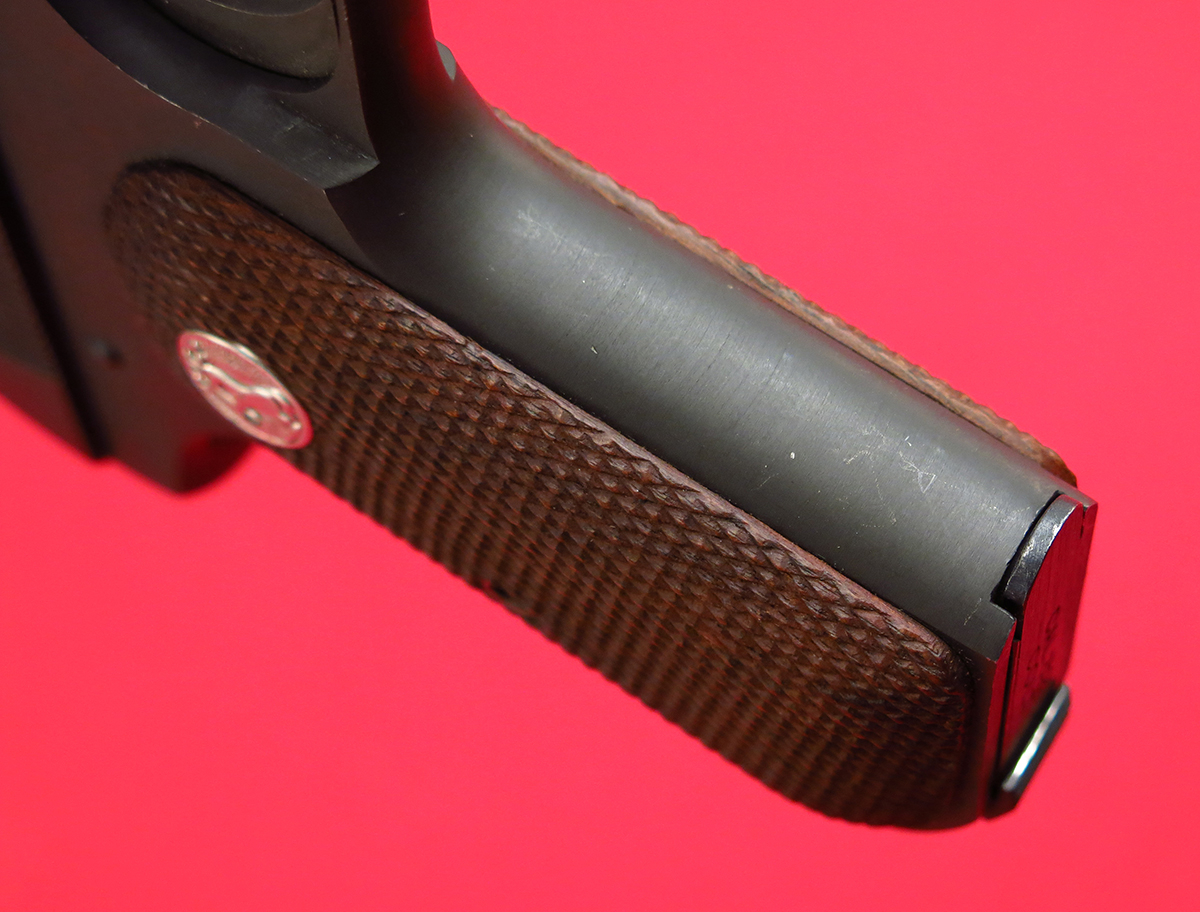
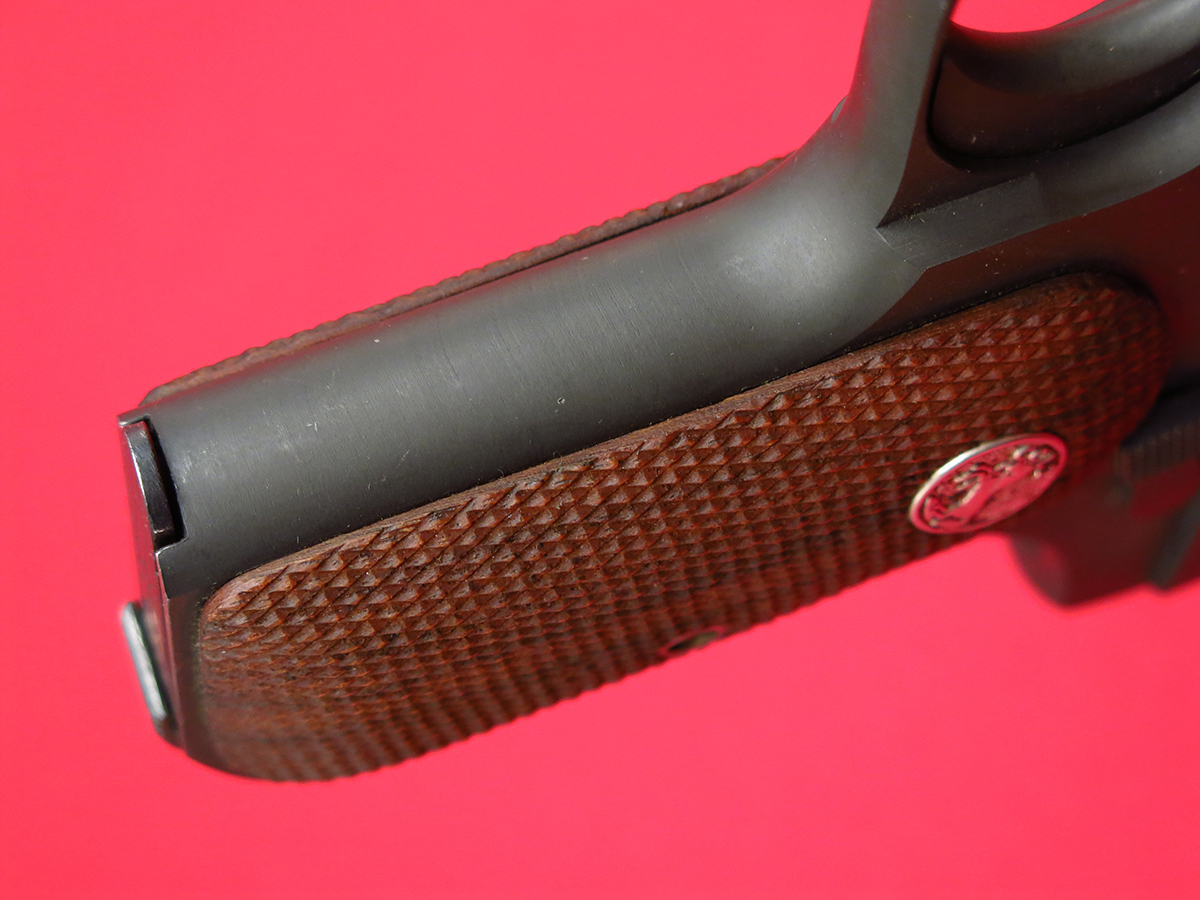
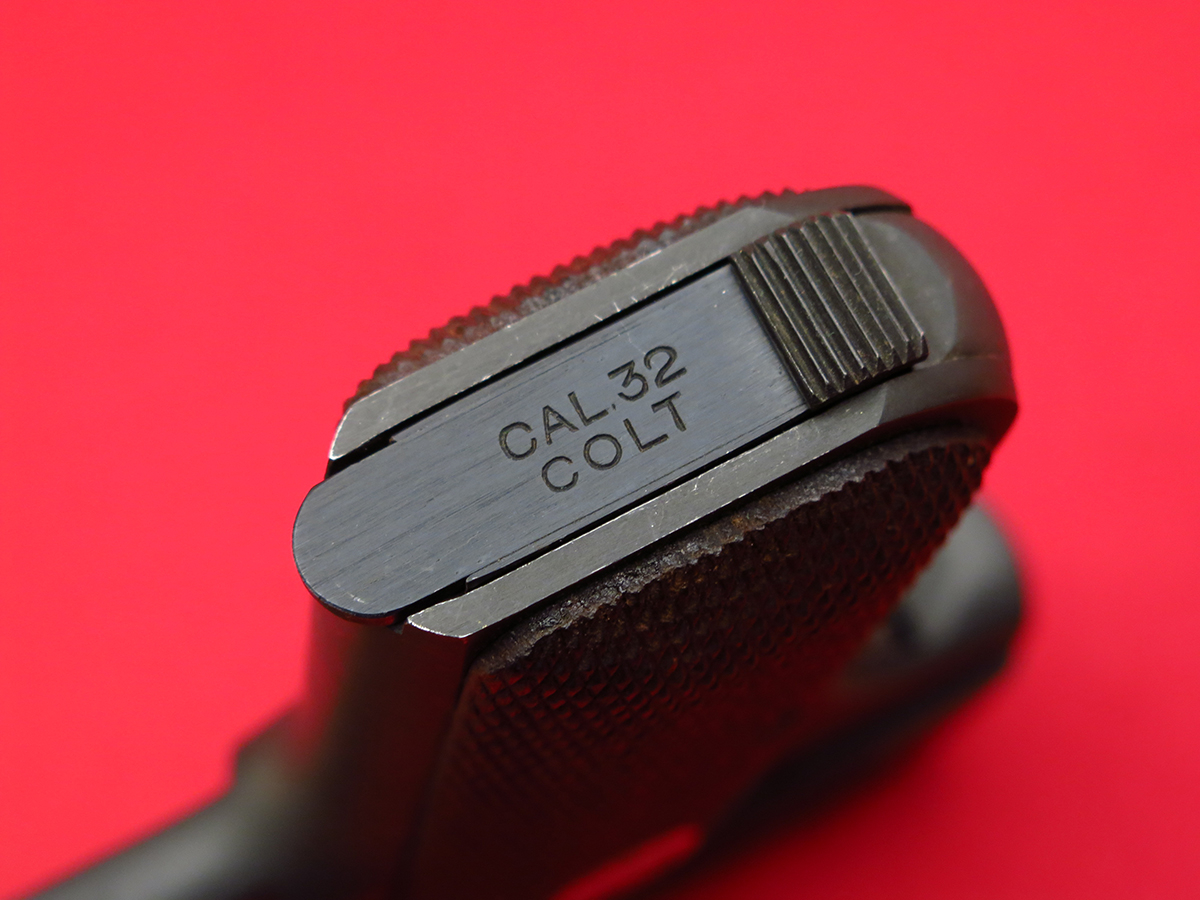
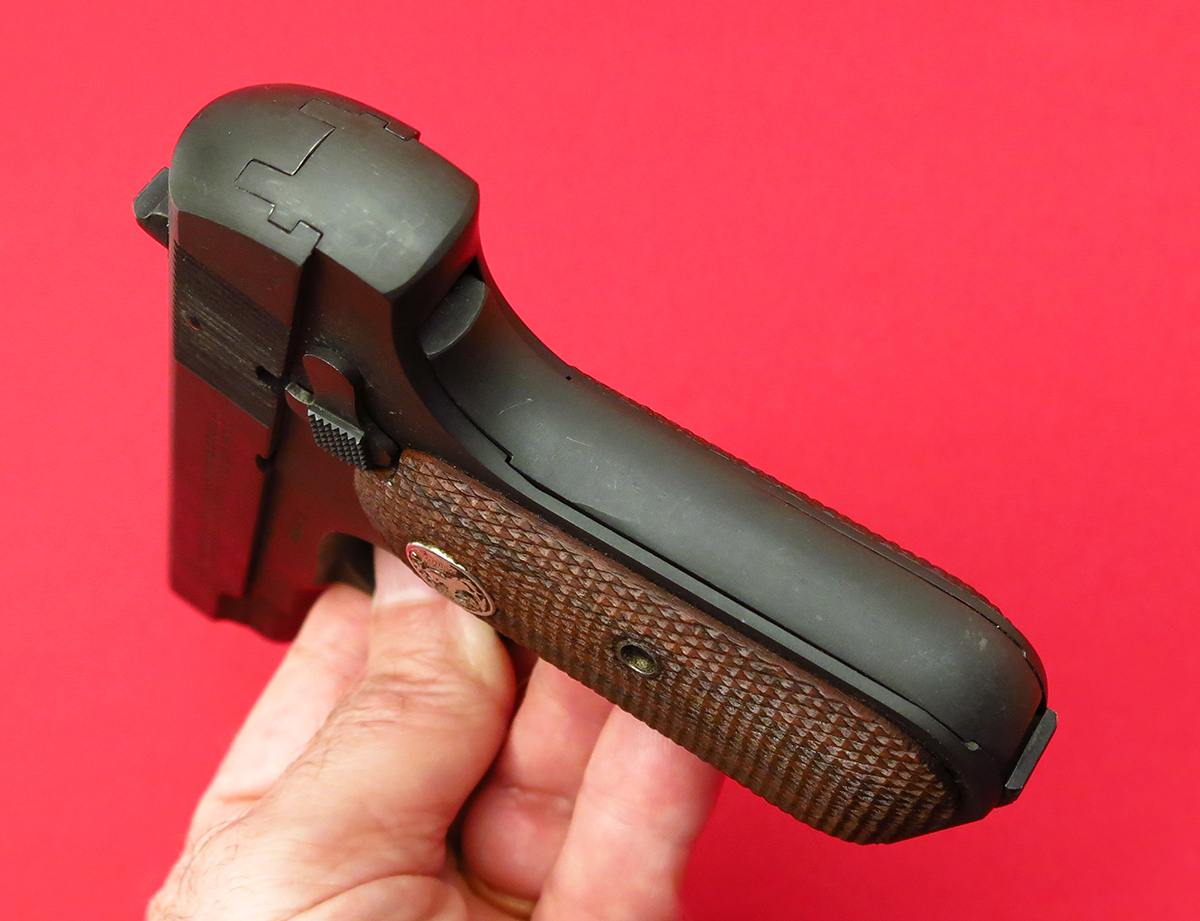
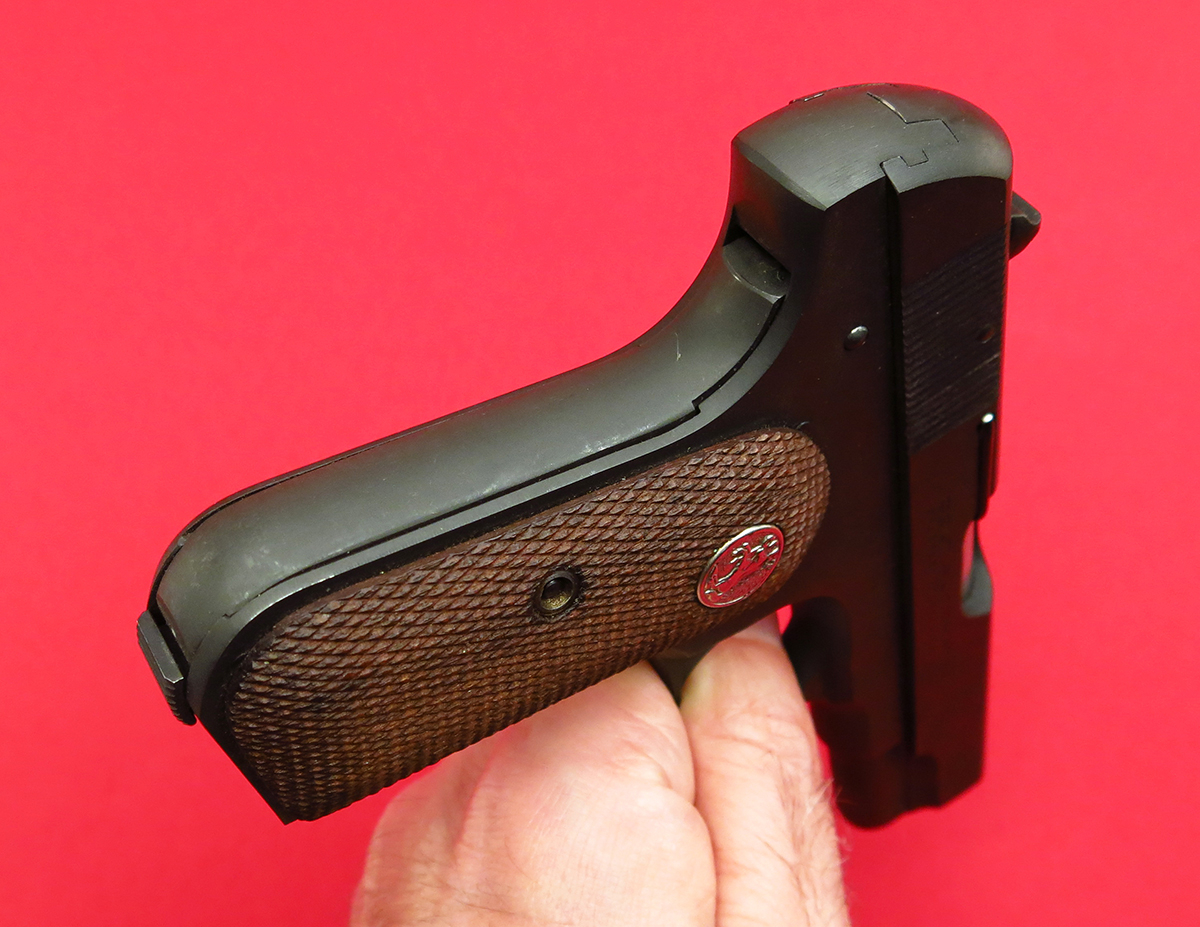
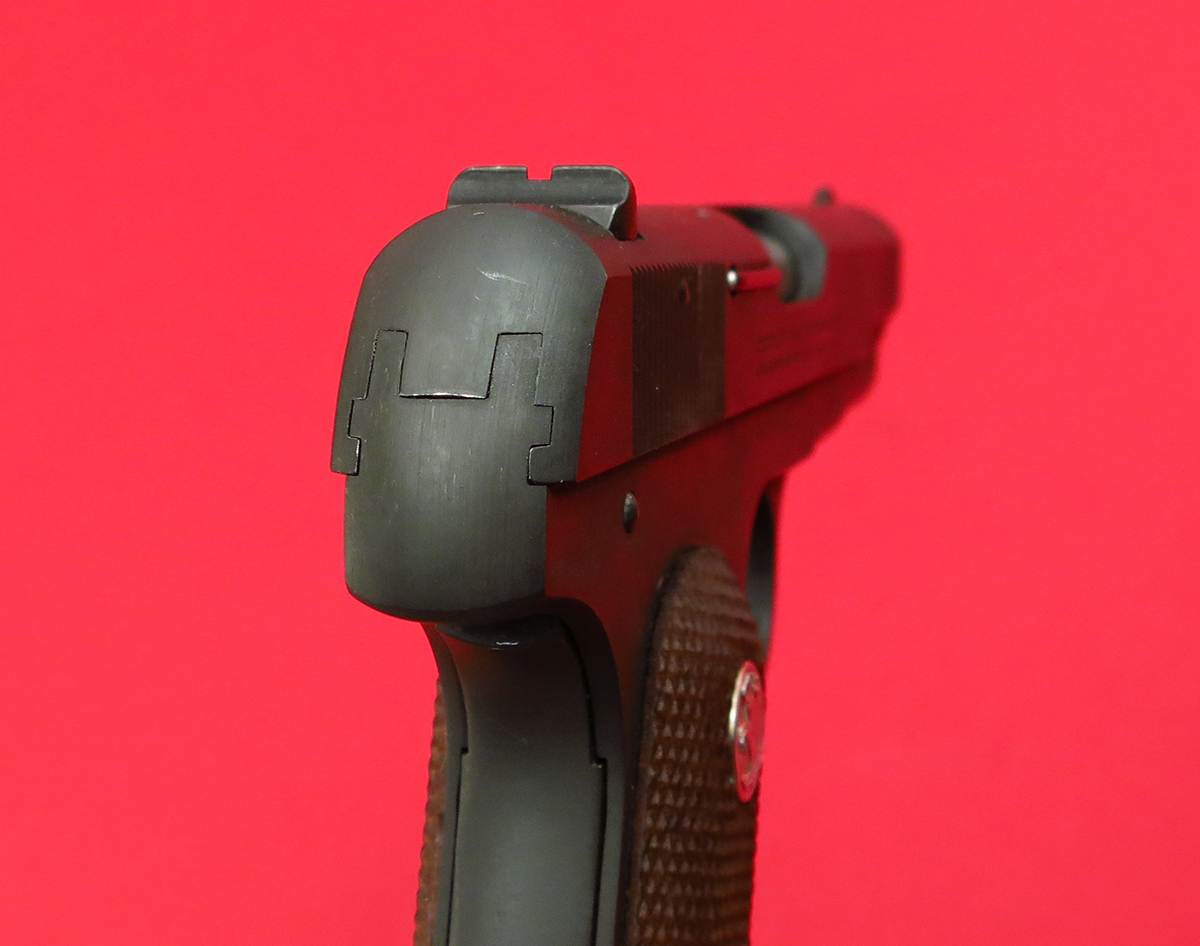
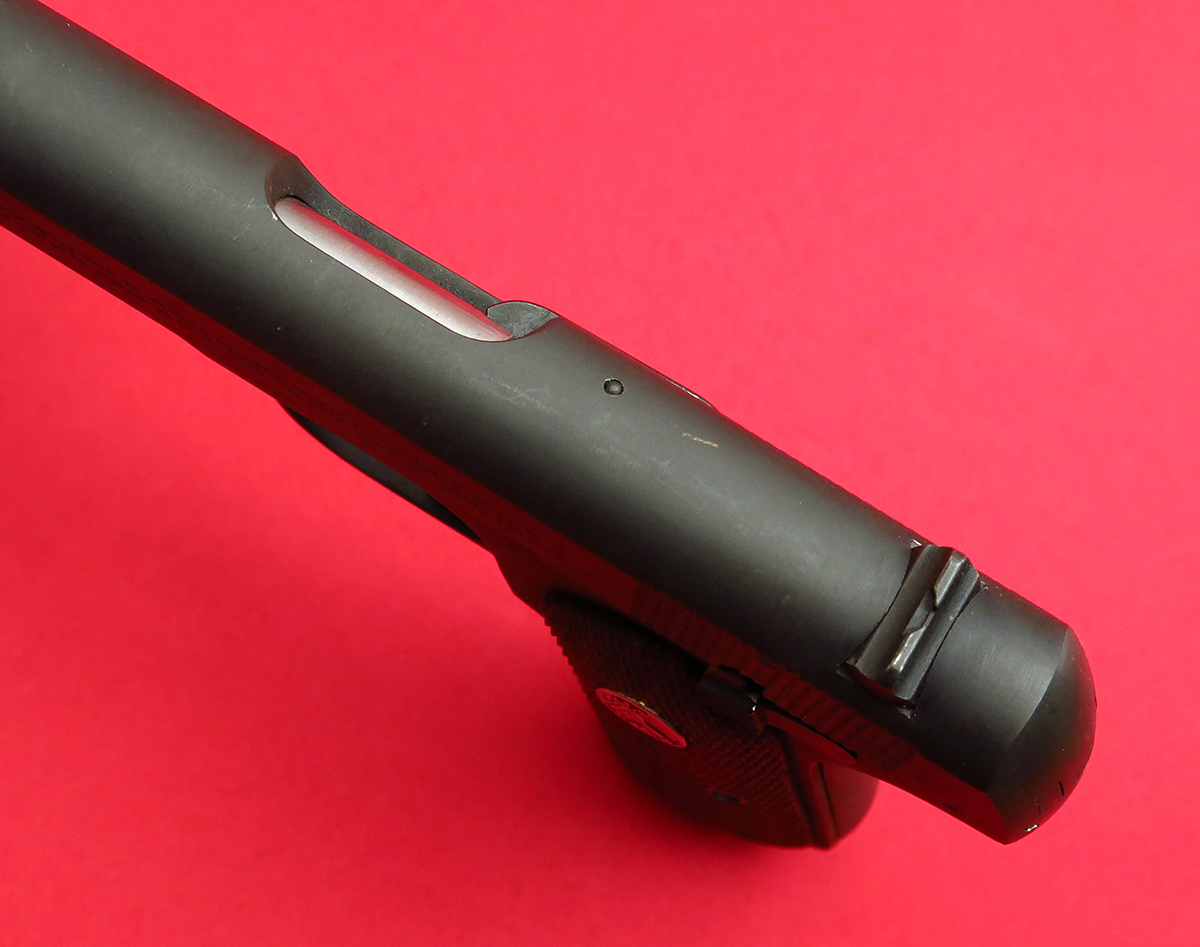
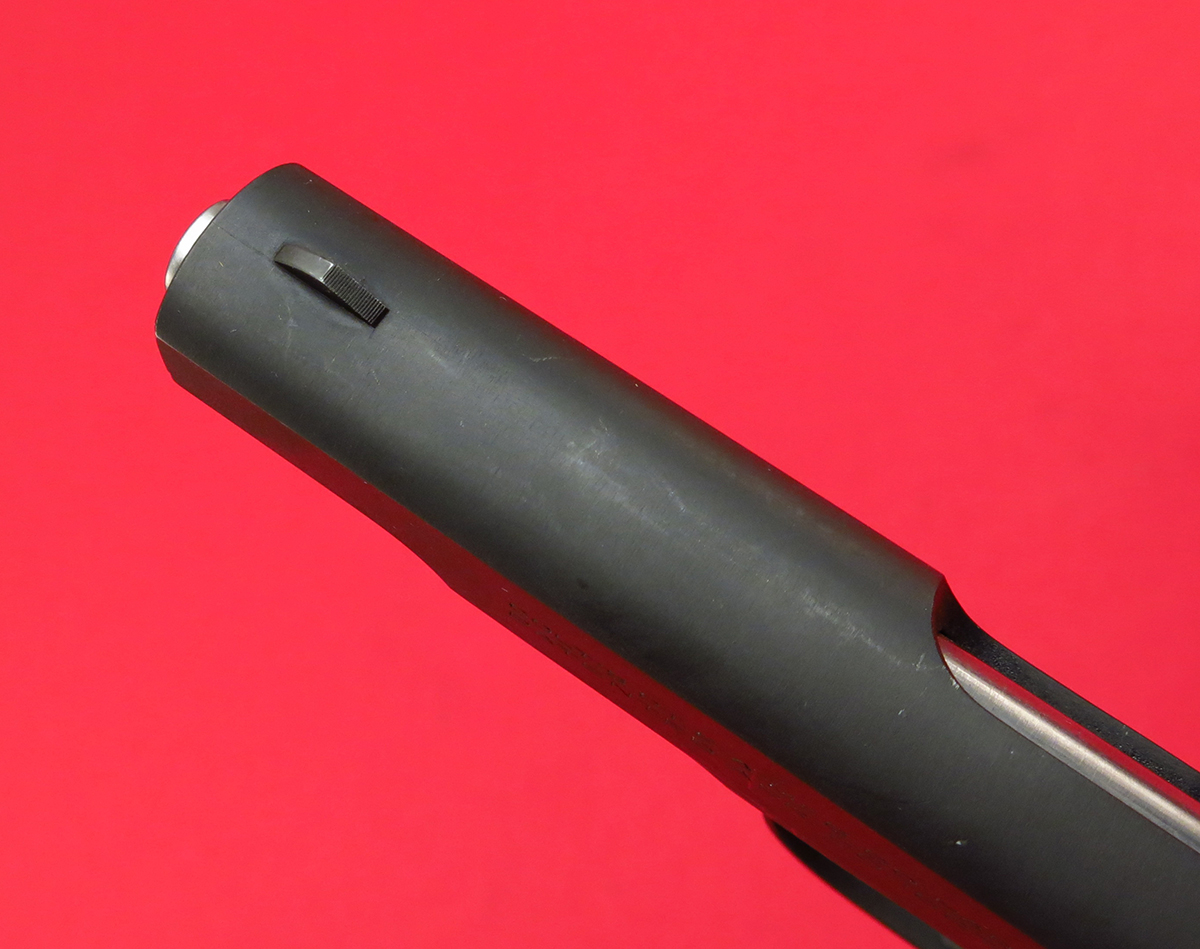
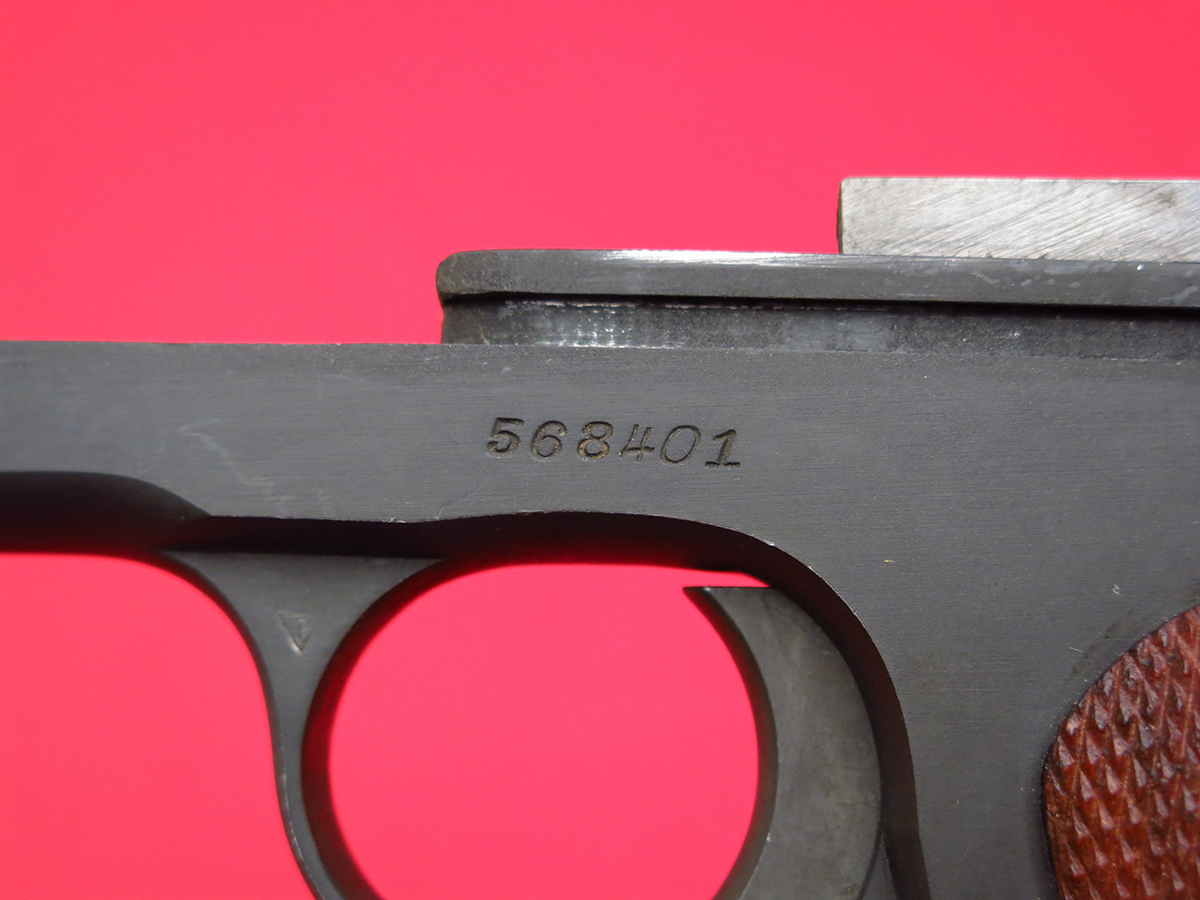
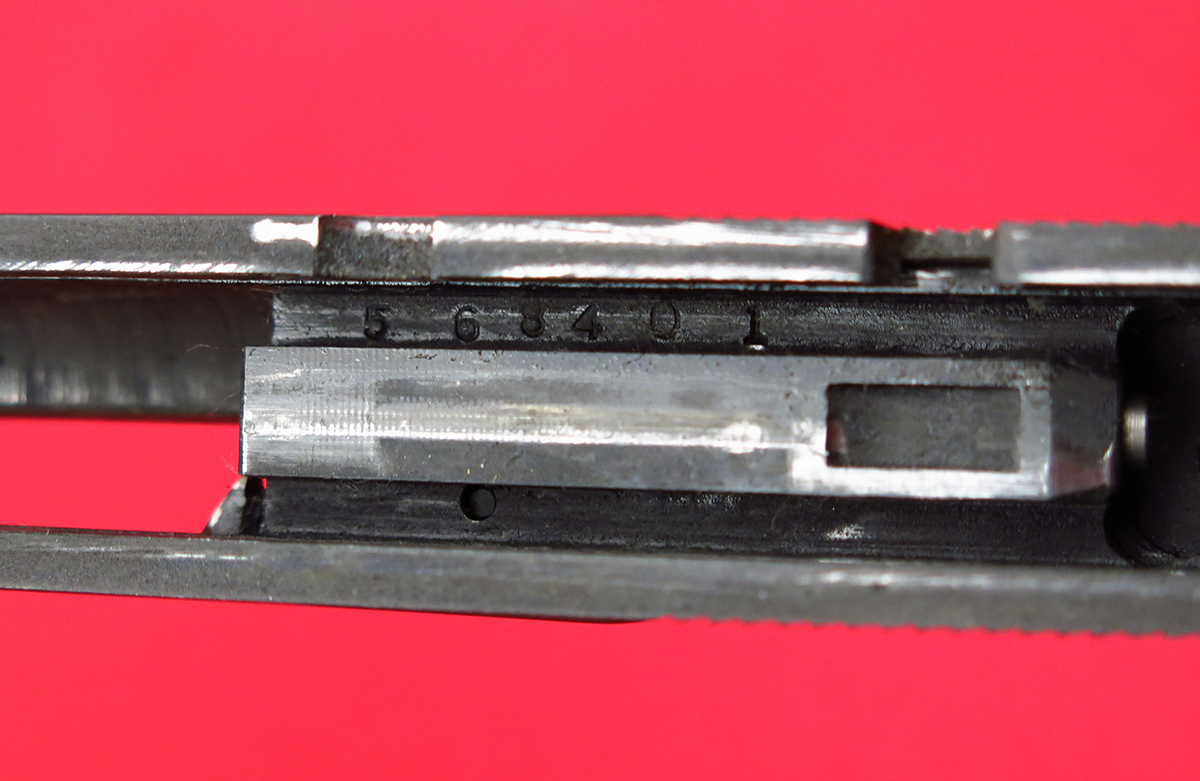

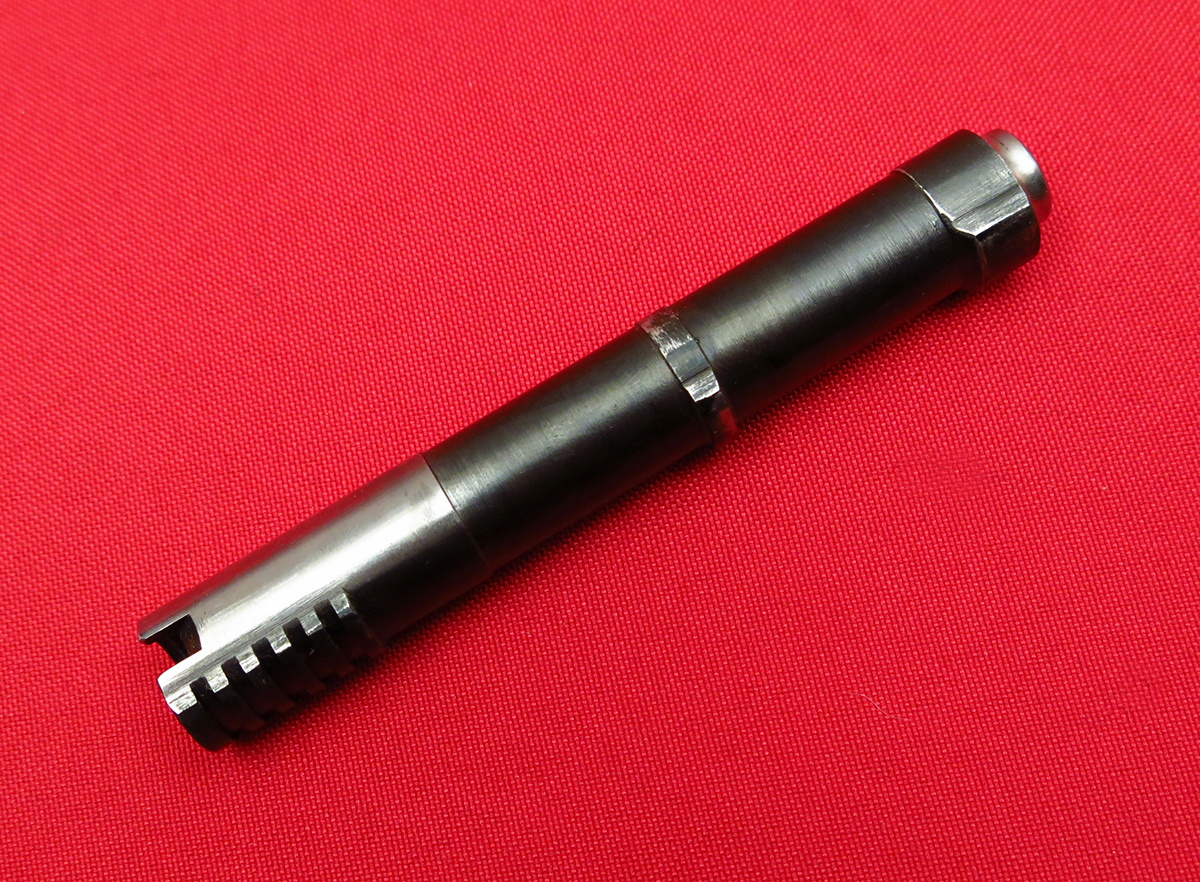
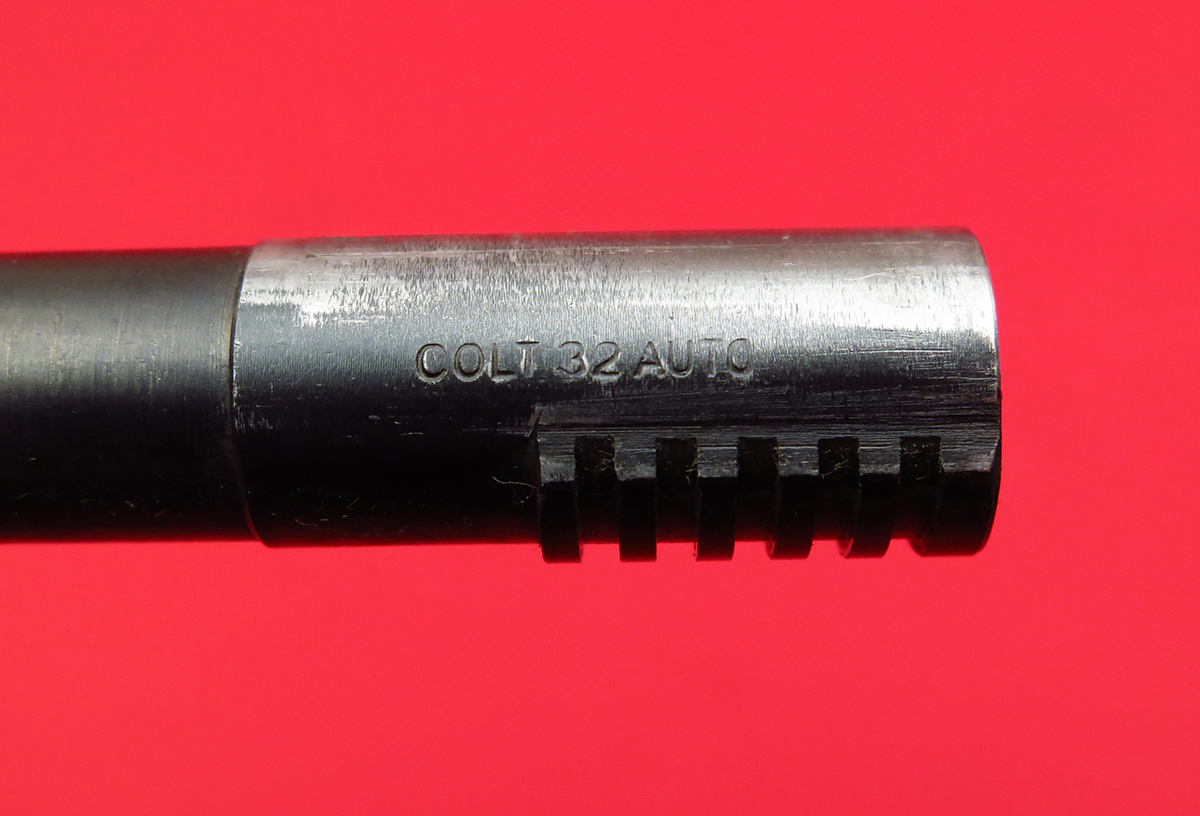
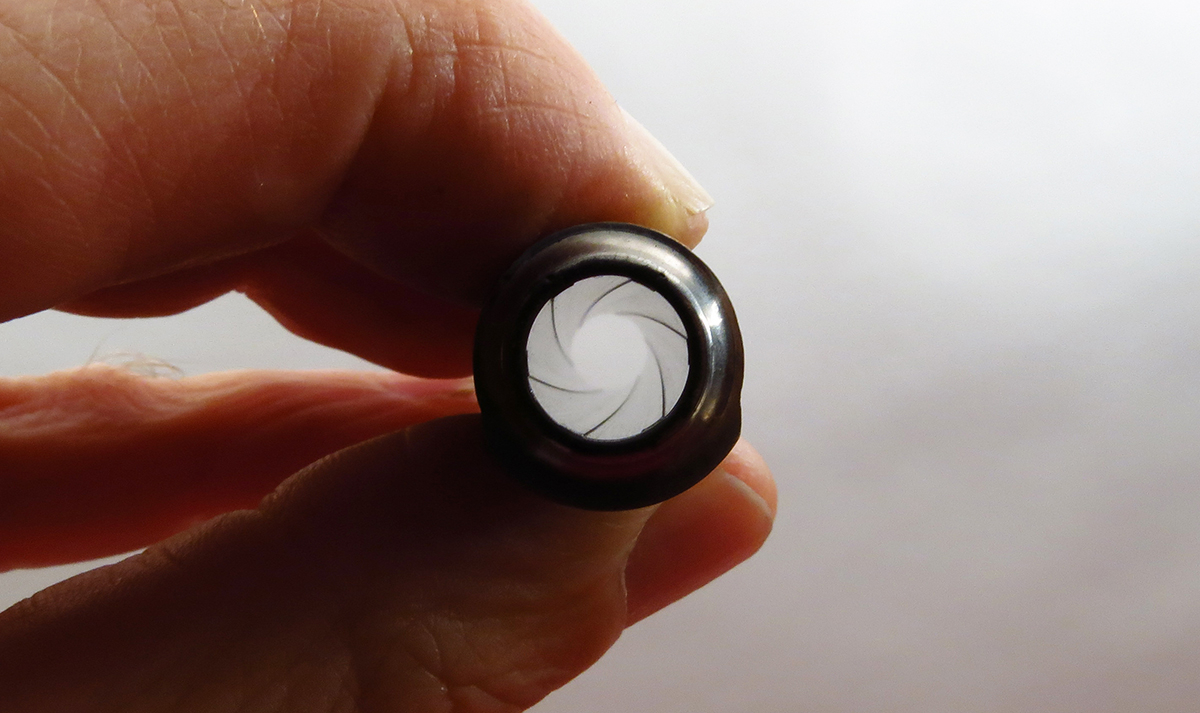
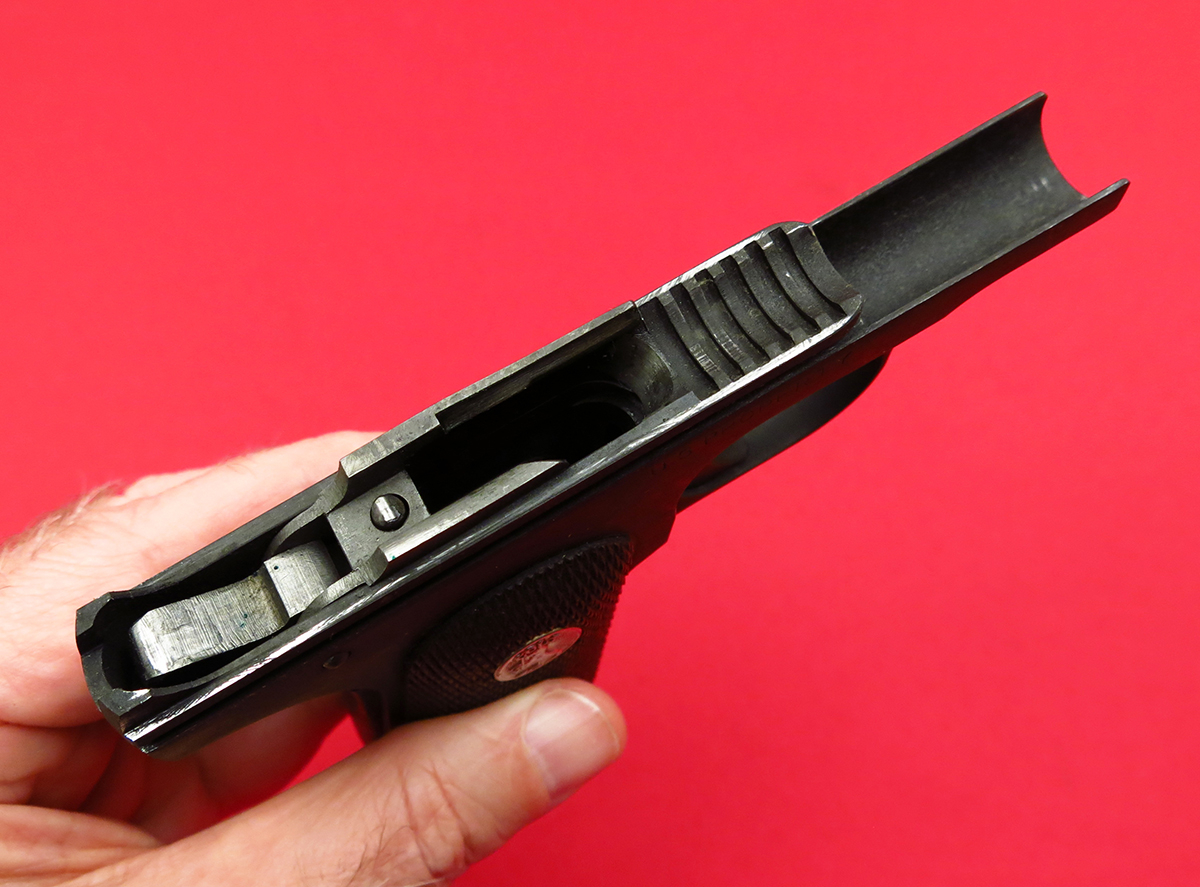
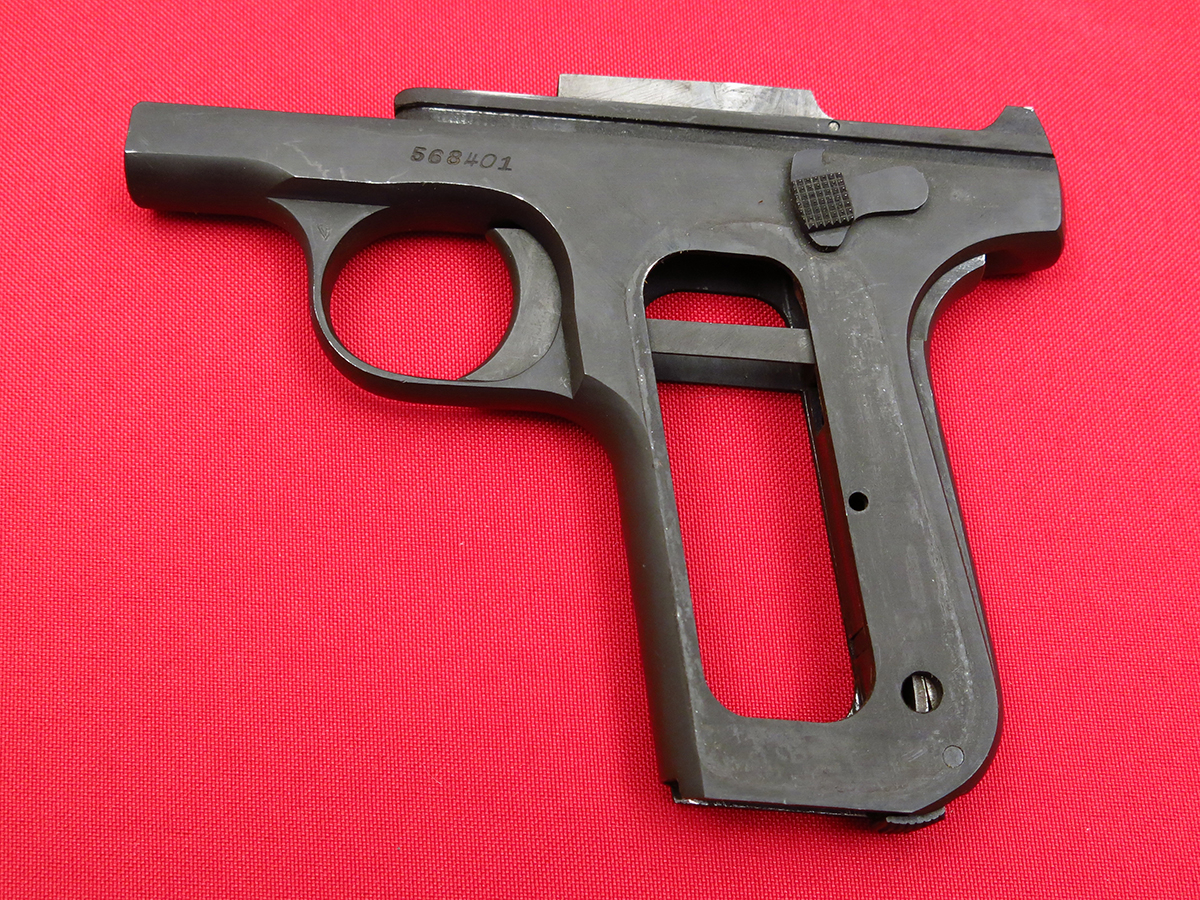
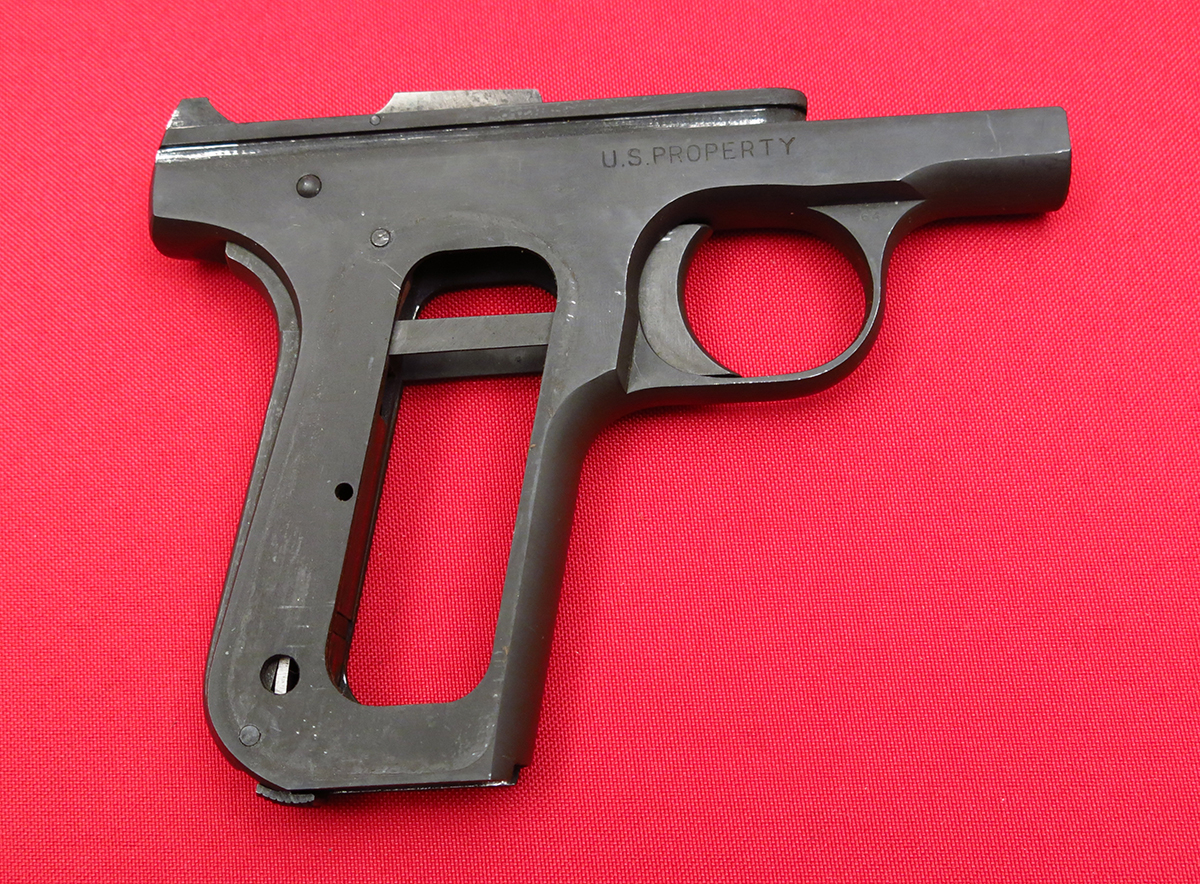


































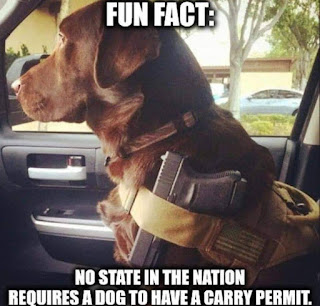
In 2009, the military base at Fort Hood installed what can only be described as a bizarre sculpture. Sitting outside the headquarters building is a monumental equestrian statue of medieval European fantasy complete with all the expected trappings—chain mail, axe, helmet and a shield here emblazoned with the caltrop of the III Corps United States. As this imposing character looks down with red eyes from his muscled horse, one cannot help but wonder about the figure’s appropriateness within this space. Surely, the statue would better suit an event at Comic-Con than an Army Base.
The sculpture renders Frank Frazetta’s “Death Dealer” a character originally painted in 1973. During his career Frazetta would become famous for creating the cover art for re-printings and pastiches of Robert E. Howard’s Conan the Cimmerian. The infamous, Western barbarian, who spends his time battling Oriental sorcerers and slaughtering black cannibals, played some role in inspiring the “Death Dealer” as suggested by this cover of “Conan the Conqueror” from 1967.
While the original painting obscures the phantom figure’s physical qualities, his weaponry and costume code him as white. The bearded axe and horned helmet recall popular iconography denoting “Viking”[ness], though as some scholars have demonstrated such helmets were largely products of the nineteenth century. Furthermore, his shield bears the reichsadler, the black heraldic eagle employed by the Holy Roman Emperor which has also been used for more contemporary and horrifying purposes.
Admittedly, the visual elements alone do not convey the more problematic elements found in the Conan narratives. As the “Death Dealer” grew in popularity, even becoming adopted as the III Corp mascot in 1986, Frazetta joined author George Silke to create a backstory for his creation in 1987. The novel “Prisoner of the Horned Helmet” begins in a proto-European forest defended by “Gath of Baal” (our Death Dealer). The text, perhaps unsurprisingly, describes “Gath” as a “barbarian” who must defend his homeland from the invading Kitzaaks, a pseudo-Mongol Empire, and their collection of Eastern allies, including the naked and bloodthirsty “Feyan Dervishes.” The cover art here depicts a scene where our hero encounters desert-dwelling “nomads” who have been mutated into dog-faced beings by their continued use of drugs. Such tropes have connections to medieval Latin Christian polemical narrative of Muslims, frequently described as a “race of dogs” or in the case of the Nizari State at Alamut, engaged in the consumption of hashish as part of a perverted “Saracen” practice. Finally, as the “Death Dealer” raises the axe, the artist reveals those corded arms, his previously indeterminable “epidermal” (Heng, 181-184) whiteness is now made manifest.
Evidently, the “Death Dealer” suffers from what Helen Young has previously termed the “Habits of Whiteness” that pervade fantasy literature. As with Tolkien’s and Howard’s work, white bodies and imagined culture is central to this genre. While I do not presume intent on the commissioning of the Fort Hood statue, given the textual narrative, how do we approach this installation of white violence? In fairness, when the III Corps adopted the character they decided to utilize the more politically correct “Phantom Warrior,” perhaps not wishing to glorify “death.” Still, we cannot divorce this sculpture from its racial overtones because of the larger context of artistic and authorial intent. The Army’s own literature manages to perpetuate some of the problems with this imagery, stating that it “represents the heritage and symbol of America’s Armed Corps” and even connects the “Phantom Warrior’s” horse to those employed by William the Conqueror in 1066. Even when devoid of the textual contribution of Frazetta/Silke, the official narrative insists upon a European past.
By highlighting these issues, I do not mean to attack the Army’s history, though the question of “historical preservation” remains interesting to this conversation. In recent years some discourse has begun to question the public display of Confederate statuary and the naming of military bases for Confederate generals. Opponents of this movement have cried foul, stating that to do so would be to remove American “history.” Of course, these claims are groundless as many of the monuments and bases were erected or named during the early-twentieth century. Yet, even if this were not true, and the icons of Confederacy somehow held an indelible historical value, in what way does an 1980s sword & sorcery construction constitute the pith of American military memory?
As we continue to move beyond more obvious examples of racist imagery, perhaps new attention needs to be paid to seemingly neutral renderings which bear all the hallmarks of a white fantasy. Indeed, it is the subtle appellations which allows such narratives to endure. With the escalating number of white nationalist affiliations among military personnel, the public should consider “who does this Warrior speak to and what mythologies does he seek to reinforce?”
Tirumular (Drew) Narayanan
PhD Student in Art History
University of Wisconsin, Madison
Works Cited
III Corps Centennial Book. September, 13 2018. https://hood.armymwr.com/application/files/8015/4395/7625/III-Corps-Centennial-Book.pdf.
Frank, Roberta. “The Invention of the Viking Horned Helmet.” International Scandinavian and Medieval Studies in memory of Gerd Wolfgang Weber (2000): 199-208.
Higgs Strickland, Debra. “Monstrosity and Race in the Late Middle Ages.” In The Ashgate Research Companion to Monsters and The Monstrous. Edited by Asa Simon Mittman with Peter J. Dendle, 365-386. New York: Routledge, 2016.
Heng, Geraldine. The Invention of Race in the European Middle Ages. Cambridge: Cambridge University Press, 2018.
Young, Helen. Race and Popular Fantasy Literature: Habits of Whiteness. New York: Routledge, 2016.
Brooks, Lecia. “SPLC Testifies Before Congress on Alarming Incidents of White Supremacy in the Military.” Last modified February 11, 2016. https://www.splcenter.org/news/2020/02/11/splc-testifies-congress-alarming-incidents-white-supremacy-military.
Risen, James. “Why is the Army Still Honoring Confederate Generals?” The Intercept. Last Modified October 6,2019. https://theintercept.com/2019/10/06/army-bases-confederate-names/.

Welcome to the Leon County “Anatomy of a Homicide Project.” Named for the Spanish explorer Ponce De Leon, the county is home to the capital of Florida, Tallahassee. It’s 63 percent white and 30 percent black. But this report is a reminder of what happens when a government agency reports the truth on who is actually committing gun crime in the community they serve and protect.
 For Leon County, it’s simply the blacks:
For Leon County, it’s simply the blacks:
Summary of Findings
Although it is acknowledged that the findings in this report are not without limitations, the available data indicates that the homicide problem in Leon County is not unique compared to other areas. A summary of detailed findings and data visualizations are contained in an appendix and are available upon request.
1. Homicides predominantly occur in socioeconomically disadvantaged communities and most victims and offenders reside within these same areas.
• The 32304 zip code was the most adversely impacted zip code in Leon County. While comprising only 17 percent of Leon County’s population, 32304 had the highest homicide frequency with 35 percent of the total sample.
• Additionally, 24 percent of victims and 12.3 percent of offenders resided in the 32304 zip code at the time of the homicide. • Griffin Heights and Frenchtown had the highest density per square mile (8.3 – 15), followed by South City and Bond & Providence neighborhoods (7.4 – 8.3). Apalachee Ridge and Jake Gaither communities had a density of 5.7 – 7.4 incidents per square mile and Chapel Ridge neighborhood was close behind at 5.4 – 5.7.
2. The majority of homicides are committed with firearms, which in many cases are not legally owned.
• A firearm of some kind was used in 76 percent of homicides within the sample. A firearm was used three (3) times as often as all other weapon types combined.
• Black males used firearms in 79 percent of the homicides they committed, compared to white males at 45 percent. • The firearm was not legally owned in at least 35 percent (27 of 78) of the cases where a firearm was used.
3. Many homicides are committed in the commission of another crime such as a robbery, drug deal, or theft. • Thirty-three (33) percent of homicides were committed in conjunction with another crime (robbery, drug deal, theft, etc.). Sixteen (16) percent of cases noted that the homicide occurred during the commission of a robbery.
4. Victims and offenders are overwhelmingly young Black males.
• Eighty-one (81) of 108 total victims were Black which is over 4 times greater than the number of white victims (25). This is significantly disproportionate to the racial composition of Leon County which is approximately 61 percent white and 32 percent Black. Only two victims were of other races.
• Eighty-six (86) of 125 offenders were Black, while 21 were white. Race was unknown for 18 offenders. Black males represented 67 percent of offenders which is almost five (5) times more than white males.
• The 15-24 age group was the highest for both victims and offenders. Forty-two (42) percent of victims and 35 percent of offenders fell within this age group.
5. The majority of homicide offenders have previous criminal histories, often violent. Most had committed crimes as juveniles.
• Eighty-four (84) percent of offenders and 52 percent of victims had previous criminal charges, with 58 percent of offenders and 28 percent of victims having one (1) or more previous charges for a violent crime.
• Thirty-five (35) percent of offenders and 14 percent of victims had one (1) or more previous firearm-related charges.
Working Together to Make Leon County Safer…
Well, let’s be honest about who is making Leon County unsafe: blacks.
69 percent of homicide offenders in the 63 percent white Leon County are black. With 14 percent of the race of homicide offenders being unknown, it’s potentially close to 83 percent of homicides in the county being committed by blacks.
Why doesn’t every police department in America put out a report like this, helping showcase with raw numbers who exactly is behind the violence in the community they are tasked with protecting?
Because once we realize blacks commit a disproportionate amount of violence in communities across America, like in Leon County, we can craft policies that actually make our communities safer. That, of course, means realizing those architects behind both Jim Crow laws and those far-thinking members of the American Colonization Society had it right.
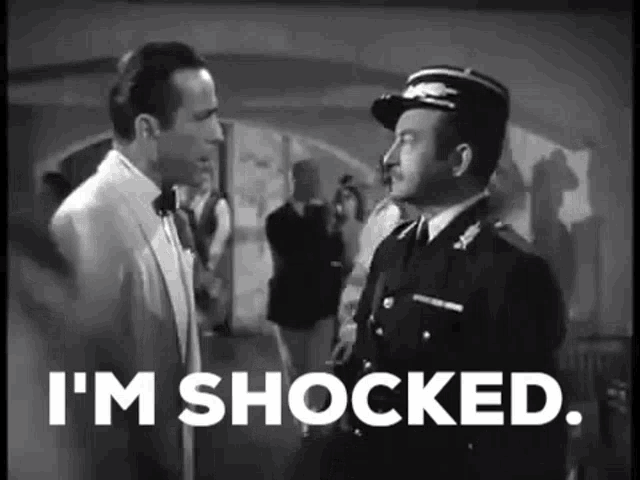

Author ‘Matthew Bracken‘ (it’s a pseudonym, AFAIK), author of the controversial book ‘Enemies Foreign And Domestic’ and several sequels, has written a very grim article predicting possible violence in America’s cities as the current economic crisis worsens. Here’s an excerpt.
Instead of a small town in the South as the flash point, picture instead a score of U.S. cities in the thrall of riots greater than those experienced in Los Angeles in 1965 (Watts), multiple cities in 1968 (MLK assassination), and Los Angeles again in 1992 (Rodney King). New Yorkers can imagine the 1977 blackout looting or the 1991 Crown Heights disturbance. In fact, the proximate spark of the next round of major riots in America could be any from a long list cribbed from our history.
We have seen them all before, and we shall see them all again as history rhymes along regardless of the century or the generation of humankind nominally in control of events.
But the next time we are visited by widespread, large-scale urban riots, a dangerous new escalation may be triggered by a new vulnerability: It’s estimated that the average American home has less than two weeks of food on hand. In poor minority areas, it may be much less.
What if a cascading economic crisis, even a temporary one, leads to millions of EBT (electronic benefit transfer) cards flashing nothing but zeroes? Or if the government’s refusal to reimburse them causes supermarket chains to stop accepting them for payment?
The government can order the supermarkets to honor the cards, but history’s verdict is clear: If suppliers are paid only with worthless scrip or blinking digits, the food will stop.
STEP ONE: FLASH MOB LOOTING
In my scenario, the initial riots begin spontaneously across affected urban areas, as SNAP (supplemental nutrition assistance program) and other government welfare recipients learn that their EBT cards no longer function.
This sudden revelation will cause widespread anger, which will quickly lead to the flash-mob looting of local supermarkets and other businesses. The media will initially portray these “food riots” as at least partly justifiable. Sadly, millions of Americans have been made largely, or even entirely, dependent on government wealth transfer payments to put food on their tables.
A new social contract has been created, where bread and circuses buy a measure of peace in our minority-populated urban zones. In the era of ubiquitous big-screen cable television, the internet and smart phones, the circus part of the equation is never in doubt as long as the electricity flows.
But the bread is highly problematic. Food must be delivered the old-fashioned way: physically. Any disruption in the normal functioning of the EBT system will lead to food riots with a speed that is astonishing. This will inevitably happen when our unsustainable, debt-fueled binge party finally stops, and the music is over.
Now that the delivery of free or heavily subsidized food is perceived by tens of millions of Americans to be a basic human right, the cutoff of “their” food money will cause an immediate explosion of rage. When the hunger begins to bite, supermarkets, shops and restaurants will be looted, and initially the media will not condemn the looting. Unfortunately, this initial violence will only be the start of a dangerous escalation.
The ransacked supermarkets, convenience stores, ATMs and gas stations will not be restocked during this period due to the precarious security situation. A single truck loaded with food or gasoline would be perceived to be a Fort Knox on wheels and subject to immediate attack unless heavily protected by powerfully armed security forces, but such forces will not be available during this chaotic period.
Under those conditions, resupply to the urban areas cannot and will not take place. The downward spiral of social and economic dysfunction will therefore both accelerate and spread from city to city. These delays, in turn, will lead to more riots with the constant underlying demand that hungry people be fed, one way or another.
Catch-22, anyone? When these demands do not bring the desired outcome, the participants will ratchet up the violence, hoping to force action by the feckless state and national governments.
The “food riots” will be a grass-roots movement of the moment born out of hunger and desperation. It will not be dependent upon leaders or an underlying organization, although they could certainly add to the sauce. Existing cell phone technology provides all the organization a flash mob needs.
Most of the mobs will consist of minority urban youths, termed MUYs in the rest of this essay. Which minority doesn’t matter; each urban locale will come with its own unique multi-ethnic dynamic.
. . .
NEXT STEP: FLASH MOB RIOTS
In order to highlight their grievances and escalate their demands for an immediate resumption of government benefits, the MUY flash mobs will next move their activities to the borders of their ethnic enclaves.
They will concentrate on major intersections and highway interchanges where non-MUY suburban commuters must make daily passage to and from what forms of employment still exist. People making a living will still be using those roads to get to where they earn their daily bread.
The results of these clashes will frequently resemble the intersection of Florence and Normandie during the Rodney King riots in 1992, where Reginald Denny was pulled out of his truck’s cab and beaten nearly to death with a cinder block. If you don’t remember it, watch it on Youtube. Then imagine that scene with the mob-making accelerant of texting and other social media technology added to stoke the fires. Instead of a few dozen thugs terrorizing the ambushed intersections, in minutes there will be hundreds.
Rioters will throw debris such as shopping carts and trash cans into the intersection, causing the more timid drivers to pause. The mobs will swarm the lines of trapped cars once they have stopped.
Traffic will be forced into gridlock for blocks in all directions. Drivers and passengers of the wrong ethnic persuasions will be pulled from their vehicles to be beaten, robbed, and in some cases raped and/or killed. It will be hyper-violent and overtly racial mob behavior, on a massive and undeniable basis.
Some of those trapped in their cars will try to drive out of the area, inevitably knocking down MUY pedestrians and being trapped by even more outraged MUYs. The commuters will be dragged out of their cars and kicked or beaten to death.
Other suburban commuters will try to shoot their way out of the lines of stopped cars, and they will meet the same grim fate once they run out of bullets and room to escape.
The mob will be armed with everything from knives, clubs and pistols to AK-47s. A bloodbath will result. These unlucky drivers and their passengers will suffer horribly, and some of their deaths will be captured on traffic web cameras.
Later, these terrible scenes will be released or leaked by sympathetic government insiders and shown by the alternative media, which continue to expand as the traditional media become increasingly irrelevant.
. . .
The American flash mob riot will exist almost entirely inside the law enforcement OODA (observe, orient, decide, act) loop. In other words, the rioters will have a much quicker reaction time than the police. Until fairly recently, superior police communications meant that they could use their radio networks as a force multiplier. With their networking advantage and cohesive reactions both within a department and among cooperating local agencies, police could act as shepherds guiding or dispersing a wayward stampeding flock.
Today, the mob has the greater advantage, immediately spreading word of every police preparation by text and Tweet, even in advance of the police movement. Attempts by the authorities to stop the flash mobs by blocking and jamming wireless transmissions will have limited success.
It is at this point that the situation spirals out of control.
The enraged mobs in urban America will soon recognize that their spontaneous street riots cannot be stopped by the police, and then they will grow truly fearsome. For the police, it will be a losing game of Whack-a-Mole, with riots breaking out and dispersing at a speed they cannot hope to match.
The violence will spread to previously unaffected cities as an awareness of law enforcement impotence is spread by television and social media. After a few days, the police forces will be exhausted and demoralized.
As the violence intensifies and spreads, and in the absence of any viable security arrangements, supermarkets and other stores will not be restocked, leaving the MUYs even more desperate and angry than before. The increasing desperation born of worsening hunger will refuel the escalating spiral of violence.
. . .
THE SUBURBAN ARMED VIGILANTE RESPONSE
In the absence of an effective official police response to the exploding levels of violence, suburbanites will first hastily form self-defense forces to guard their neighborhoods—especially ones located near ethnic borders.
These ubiquitous neighborhood armed defense teams will often have a deep and talented bench from which to select members, and they will not lack for volunteers.
Since 9-11, hundreds of thousands of young men (and more than a few women) have acquired graduate-level educations in various aspects of urban warfare. In the Middle East these troops were frequently tasked with restoring order to urban areas exploding in internecine strife.
Today these former military men and women understand better than anyone the life-or-death difference between being armed and organized versus unarmed and disorganized.
Hundreds of thousands if not millions of veterans currently own rifles strikingly similar to those they carried in the armed forces, lacking only the full-automatic selector switch.
Their brothers, sisters, parents, friends, and neighbors who did not serve in the military are often just as familiar with the weapons, if not the tactics … And there are a far greater number of scoped bolt-action hunting rifles in private hands in the United States.